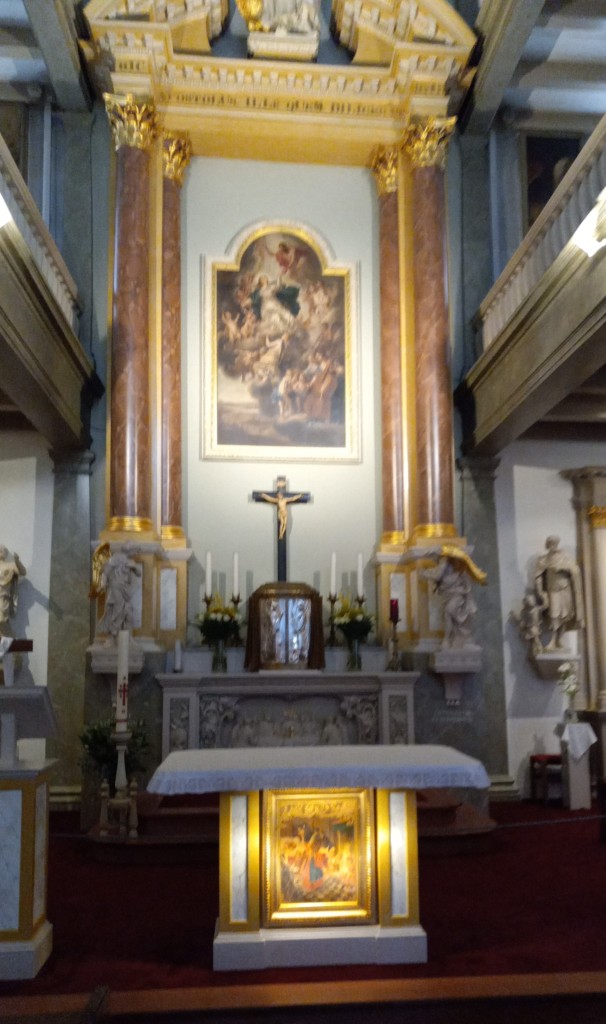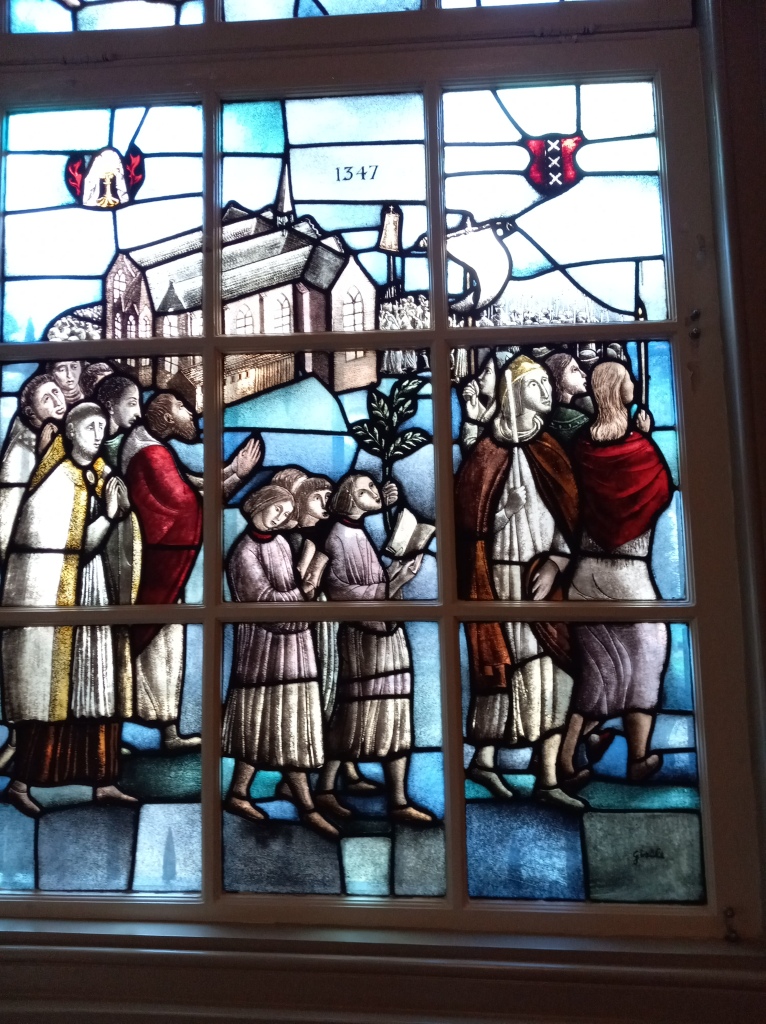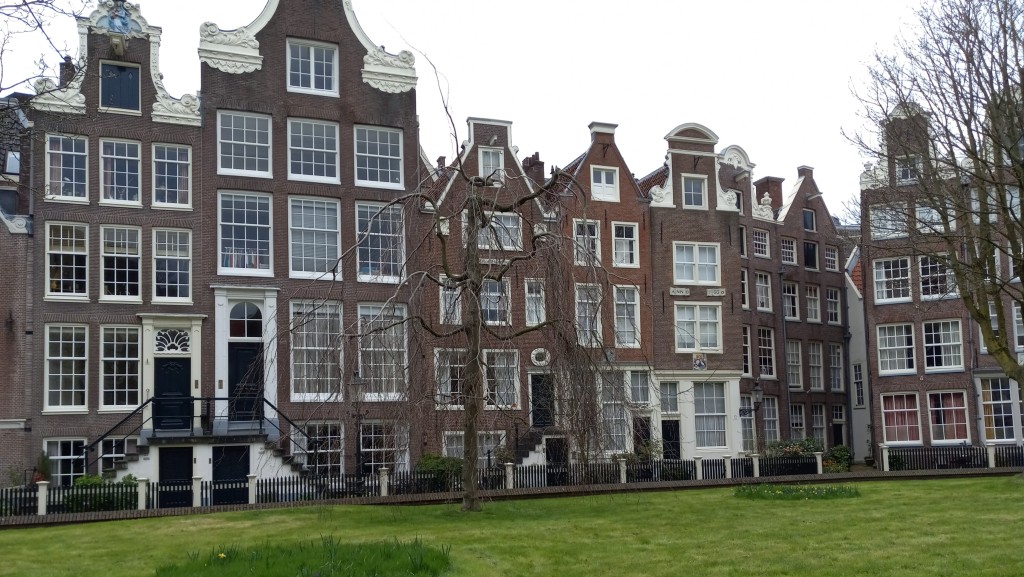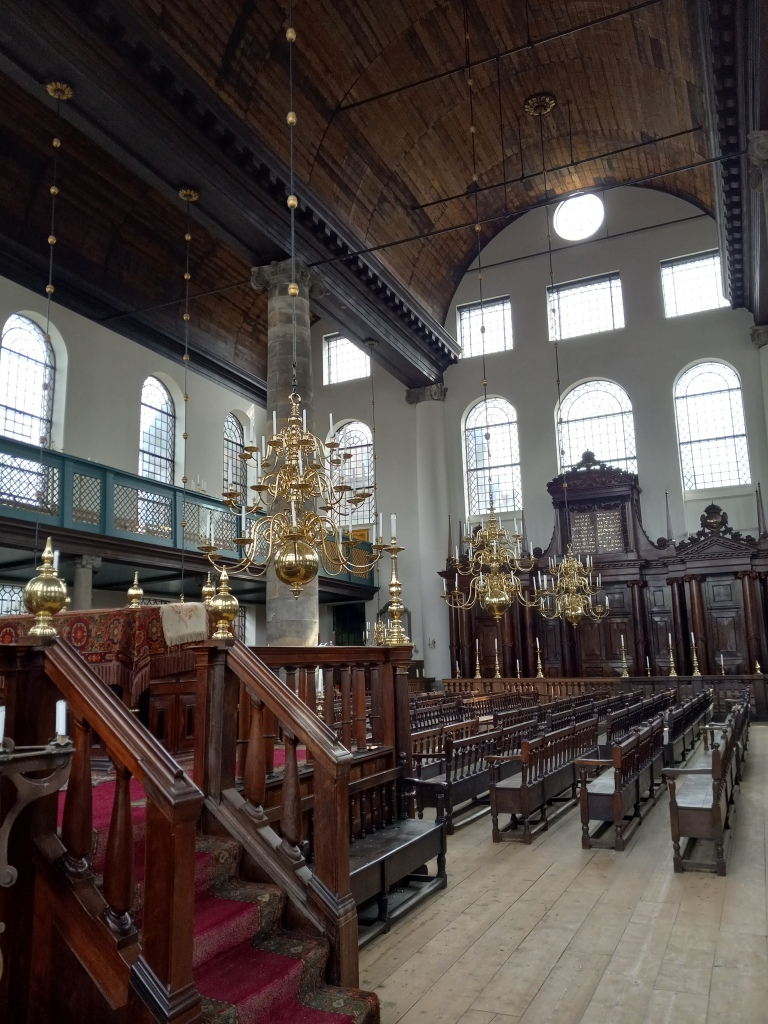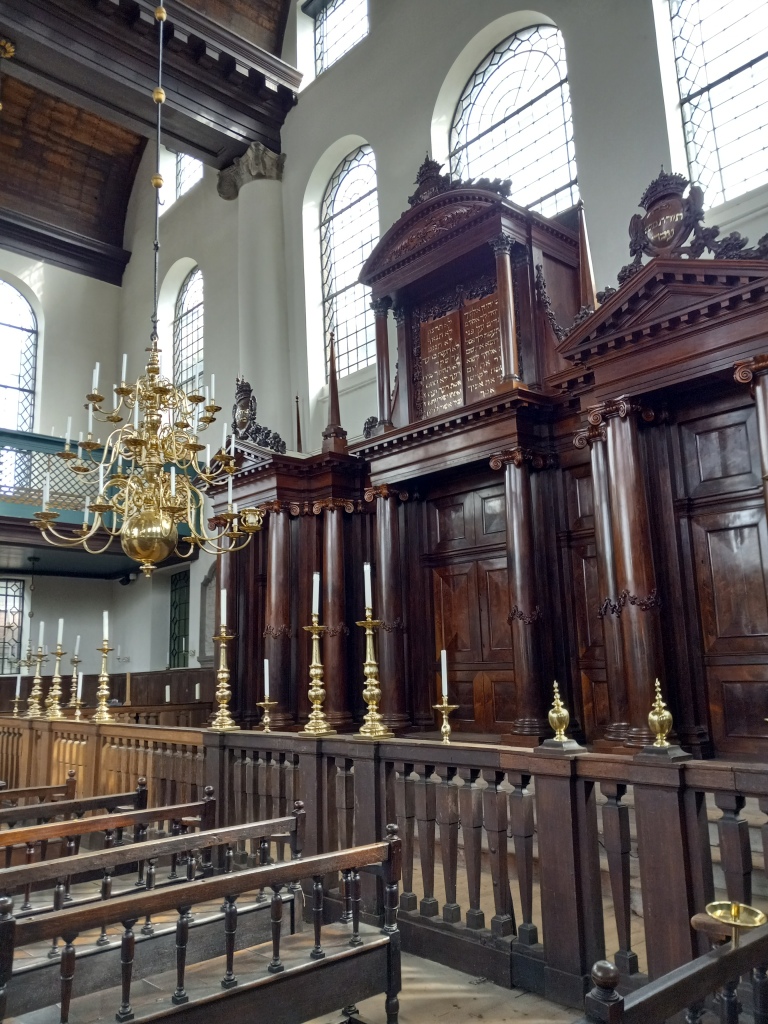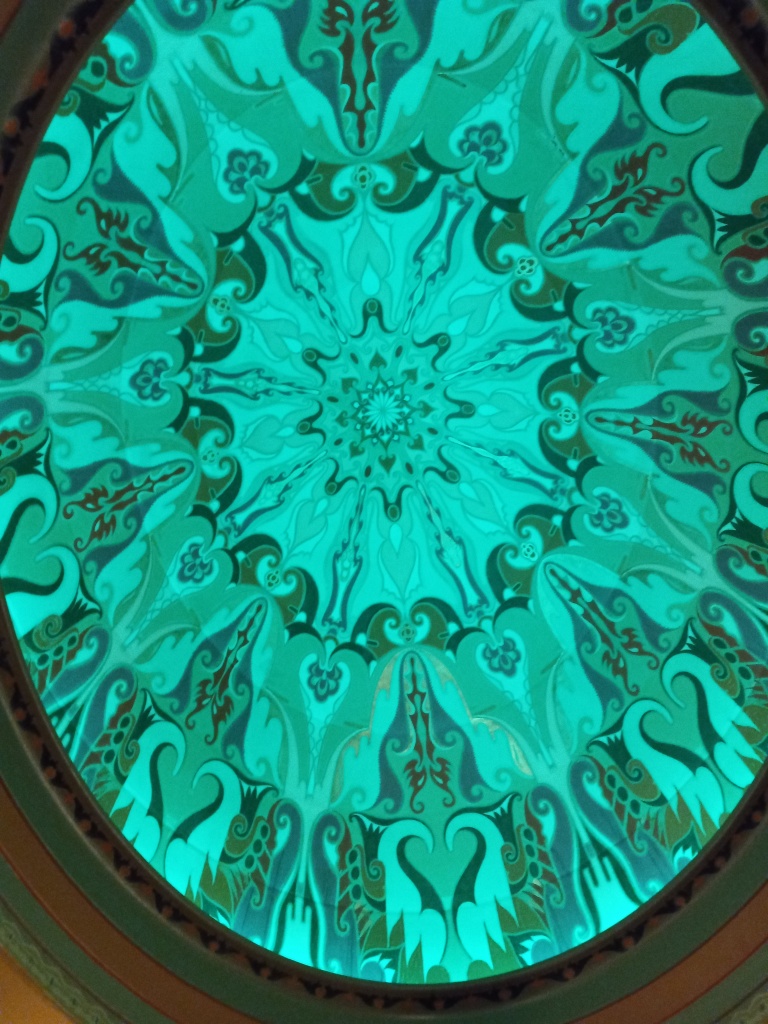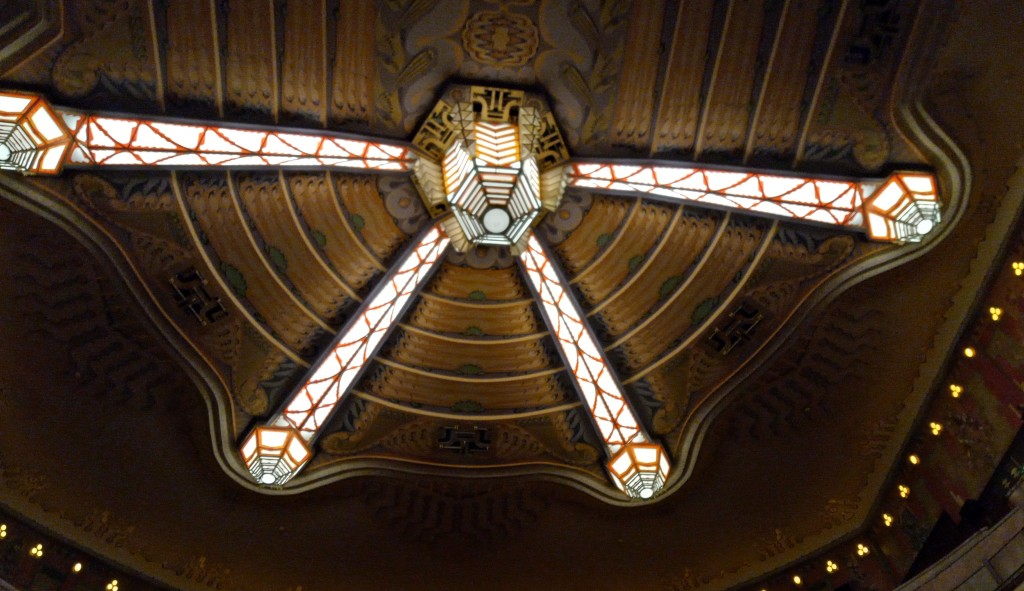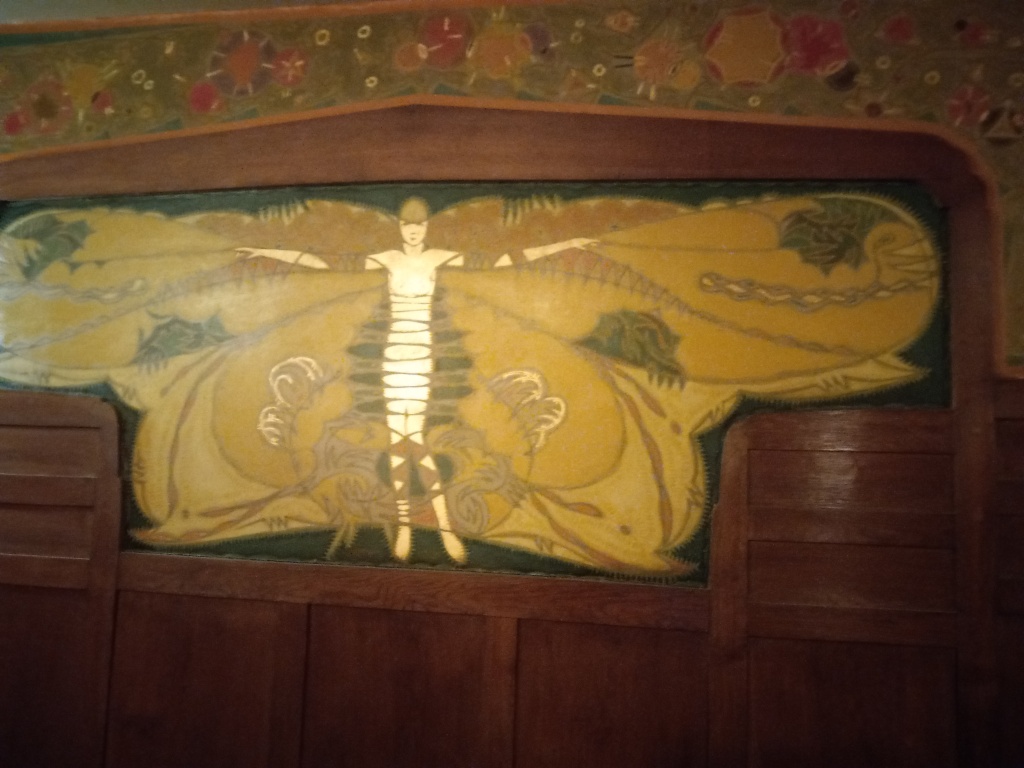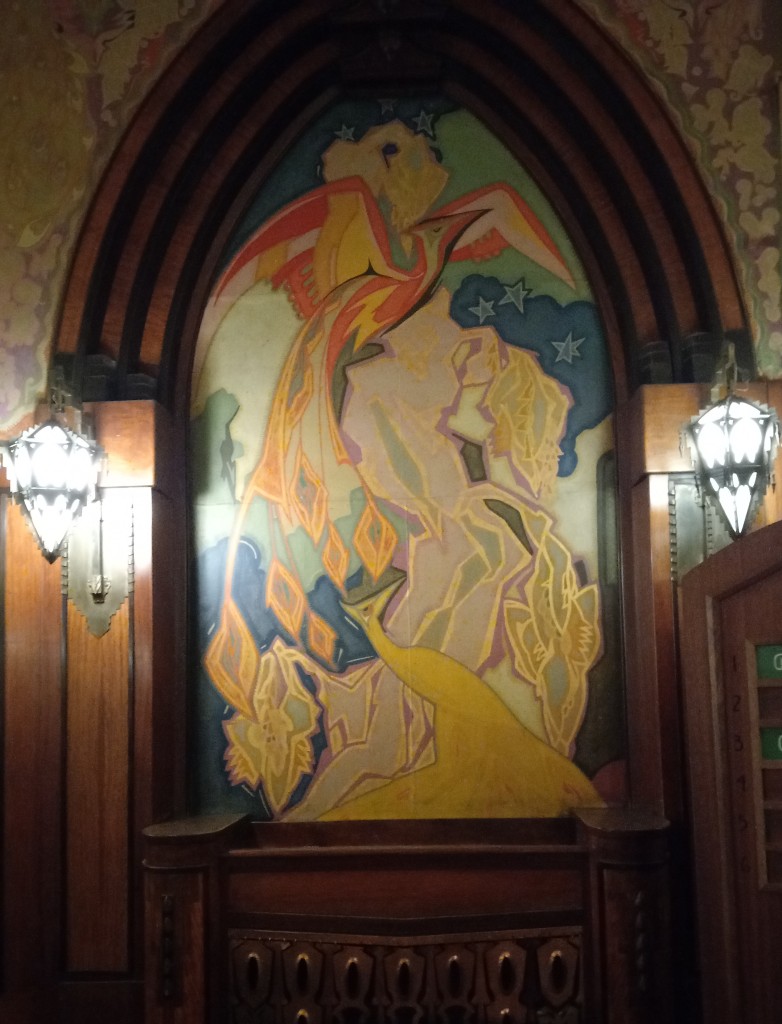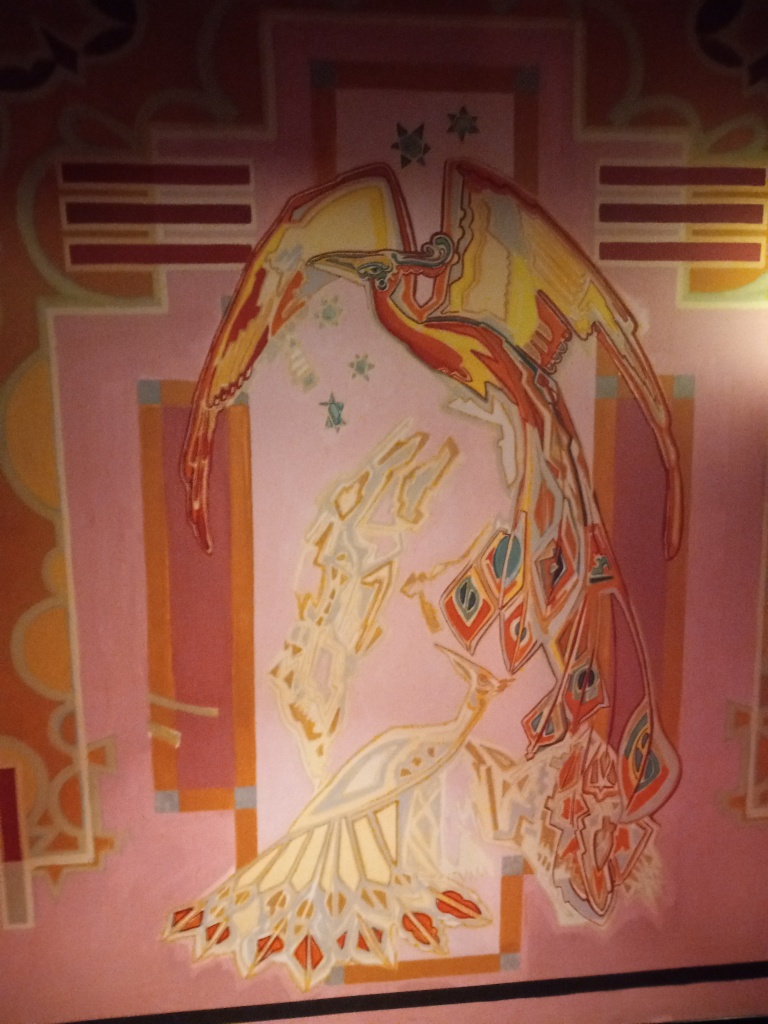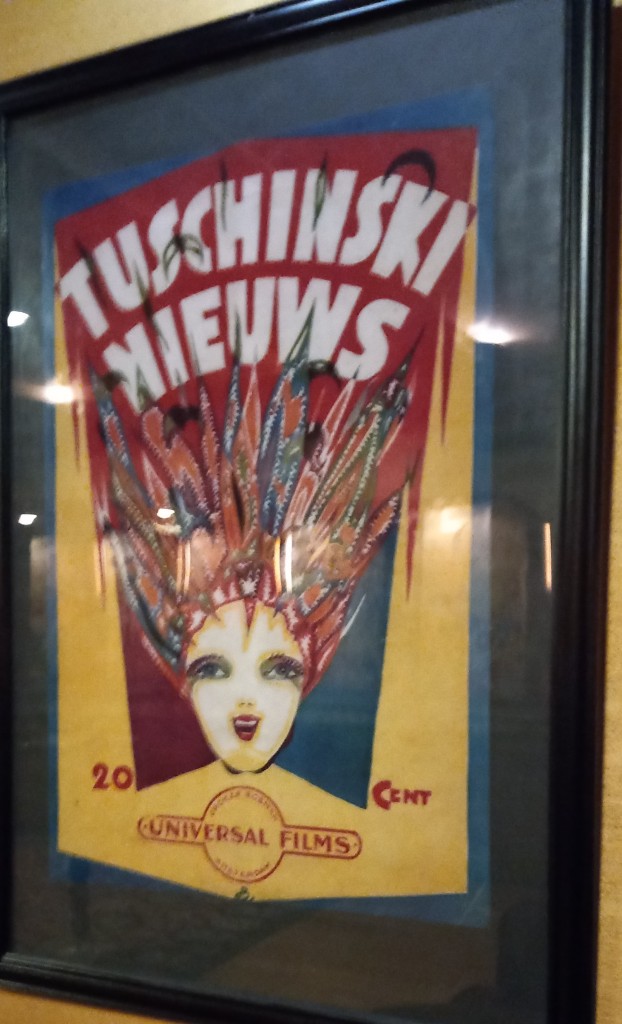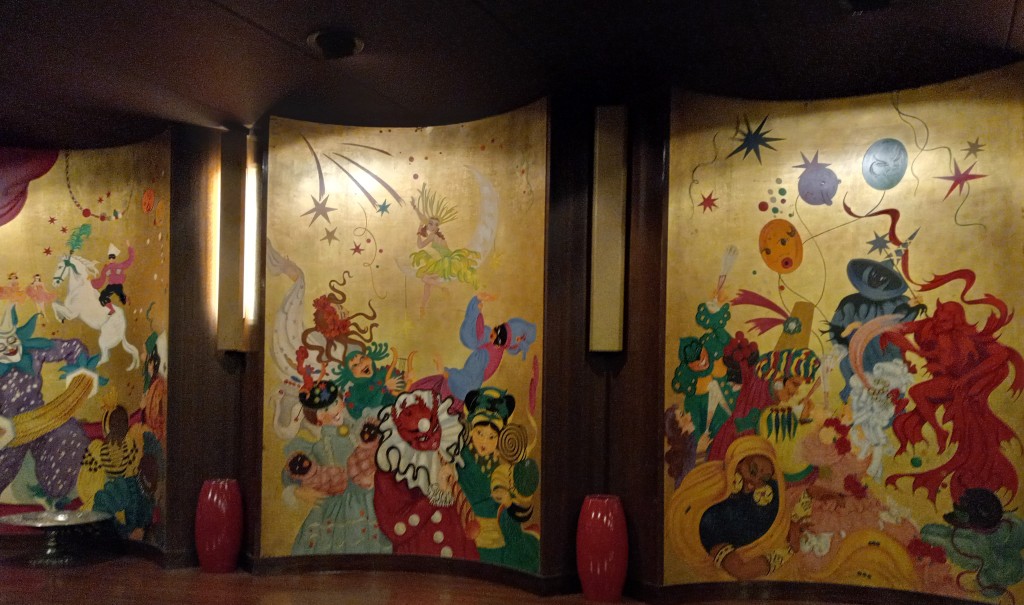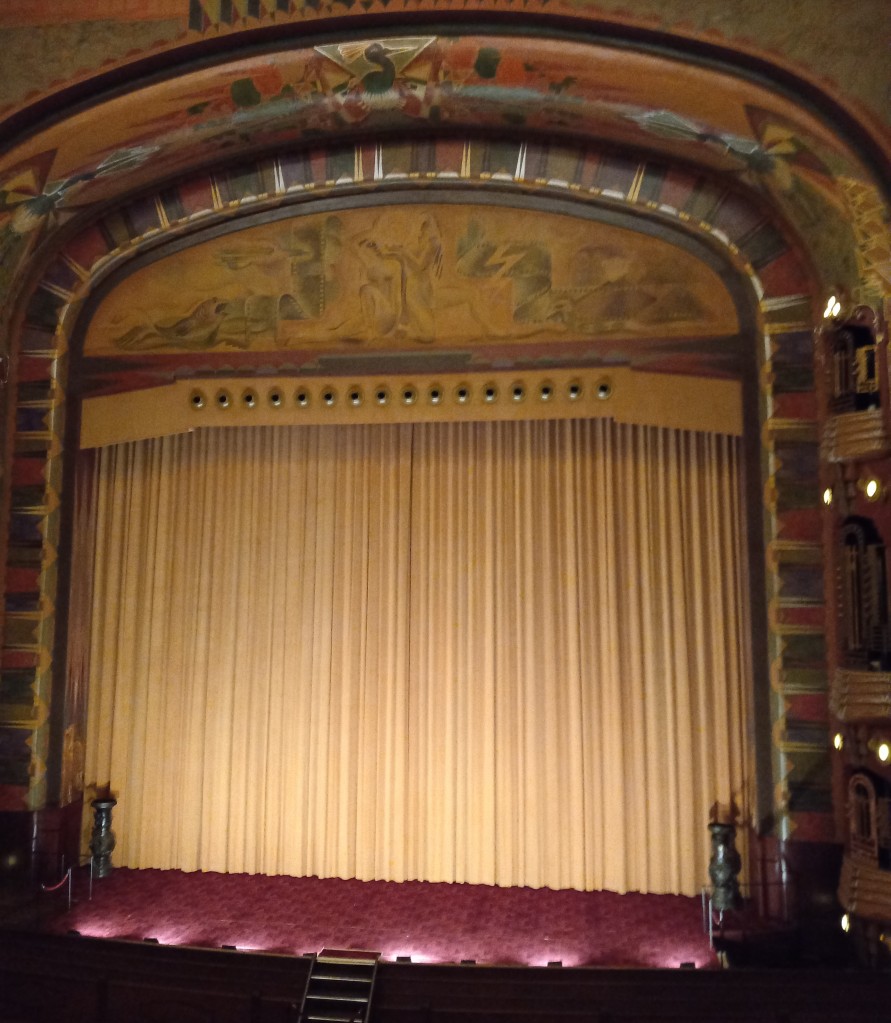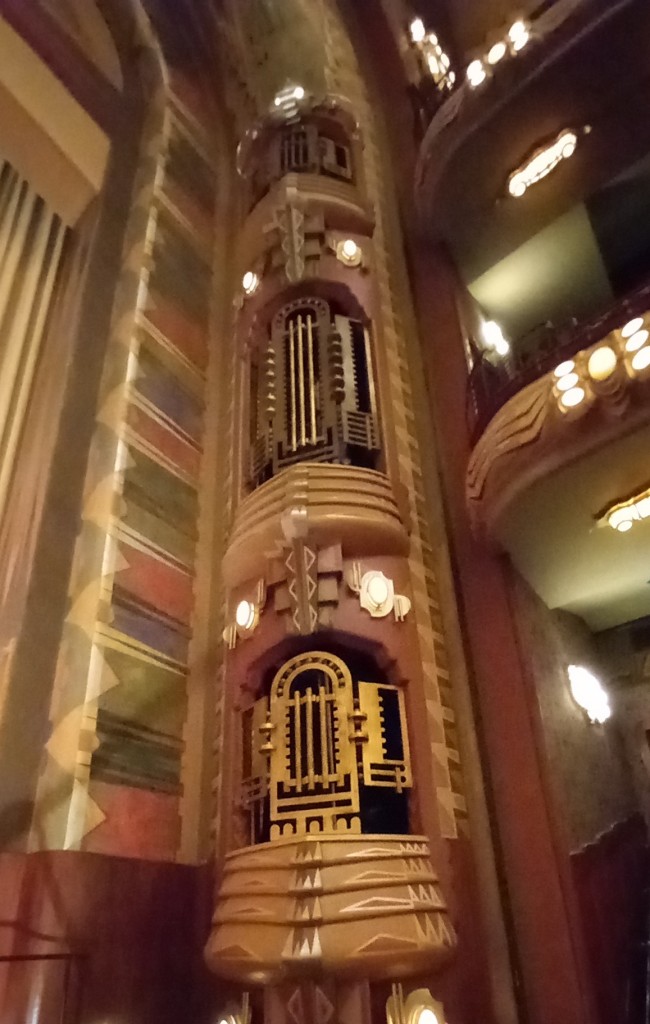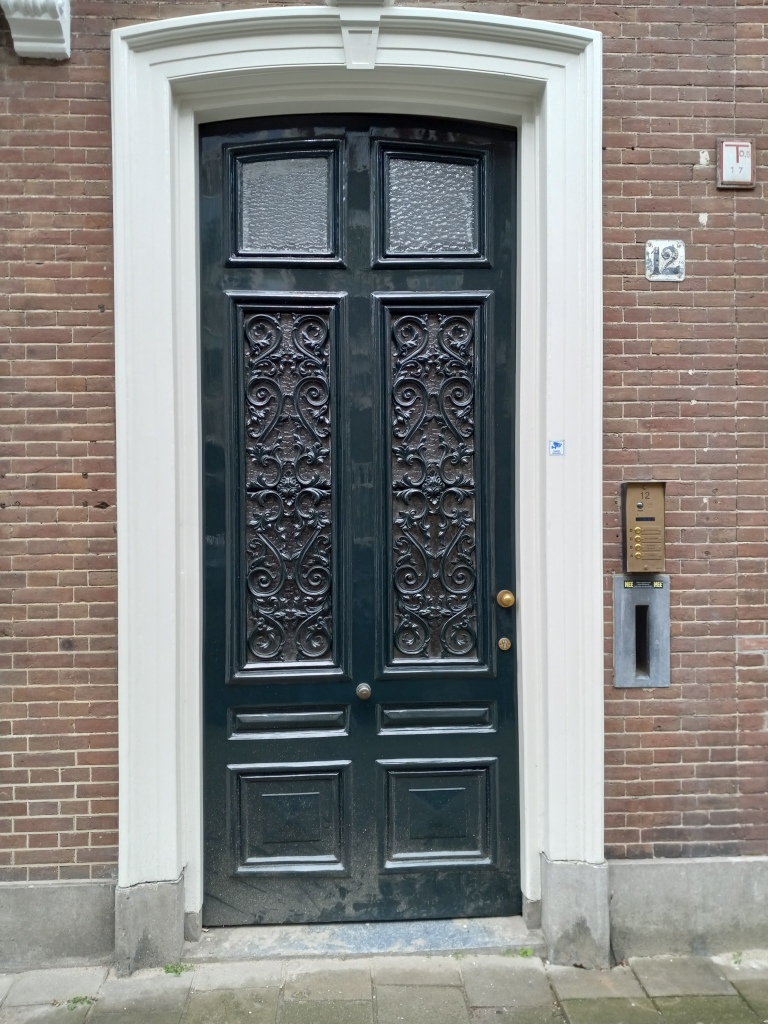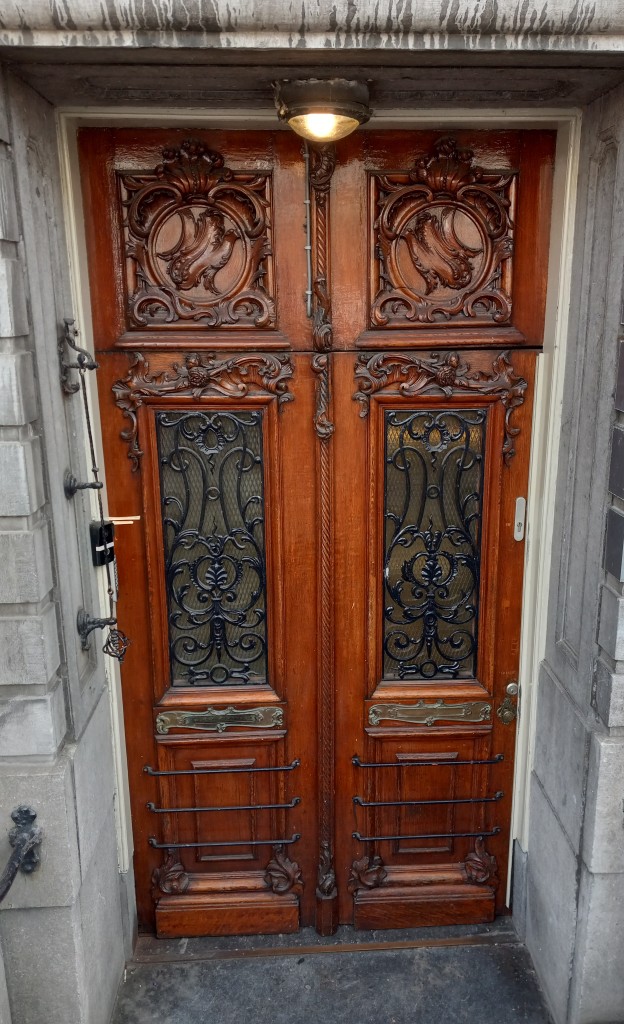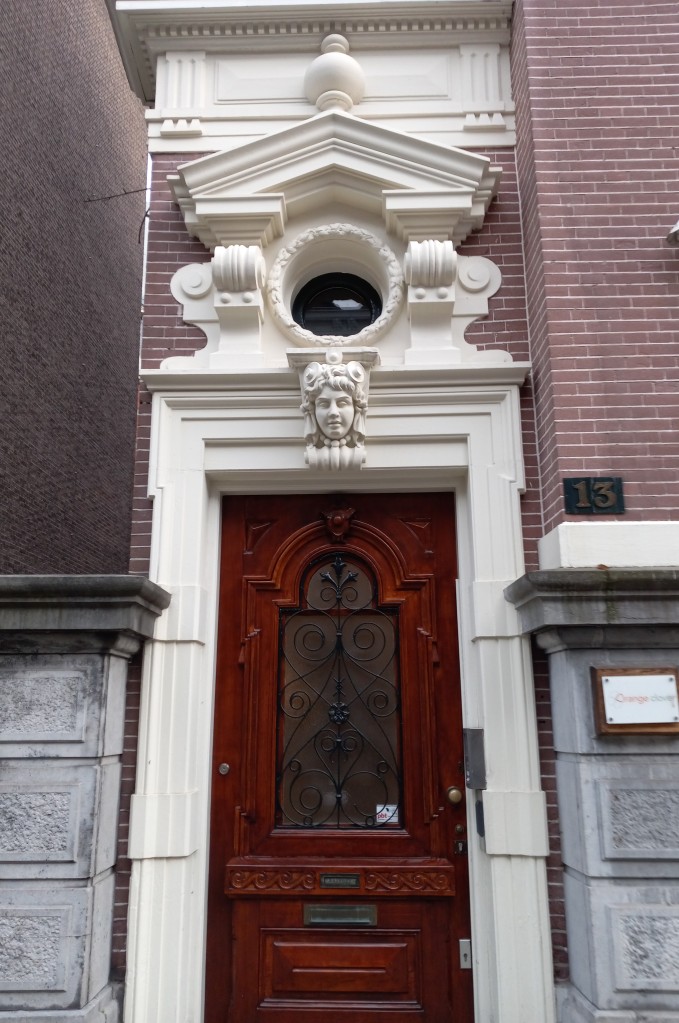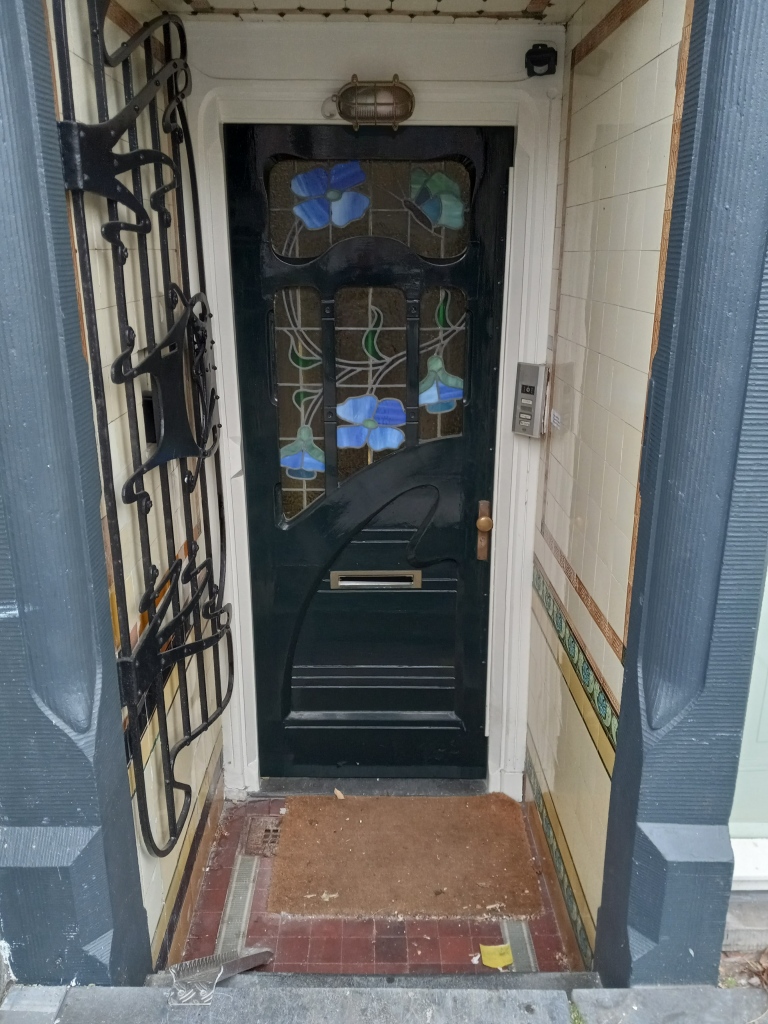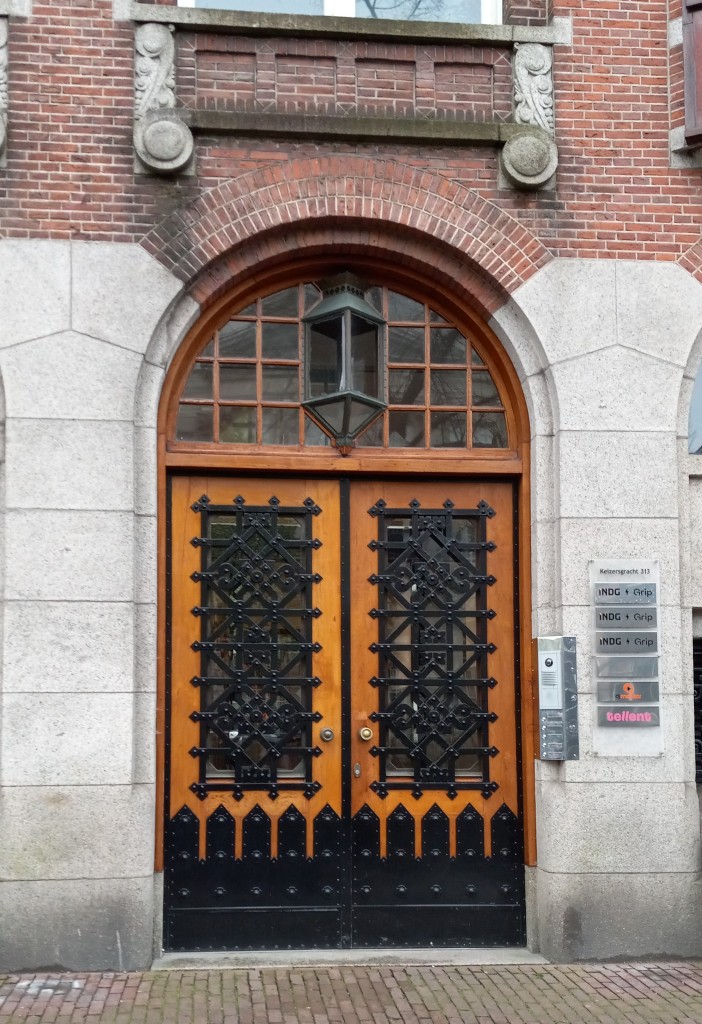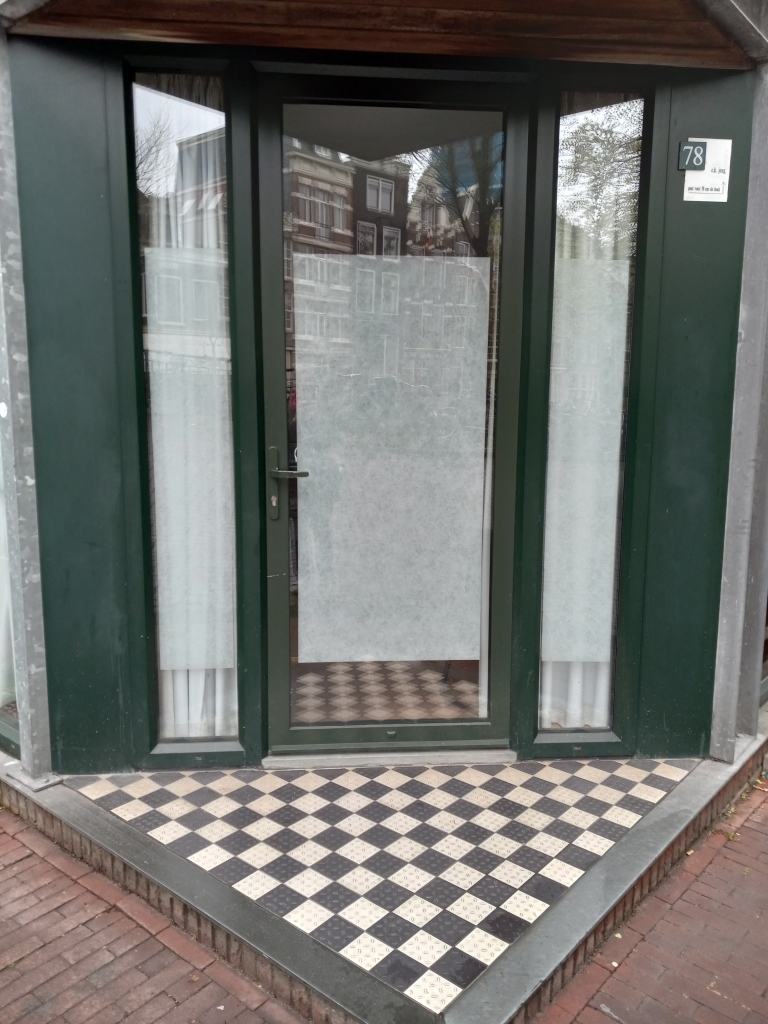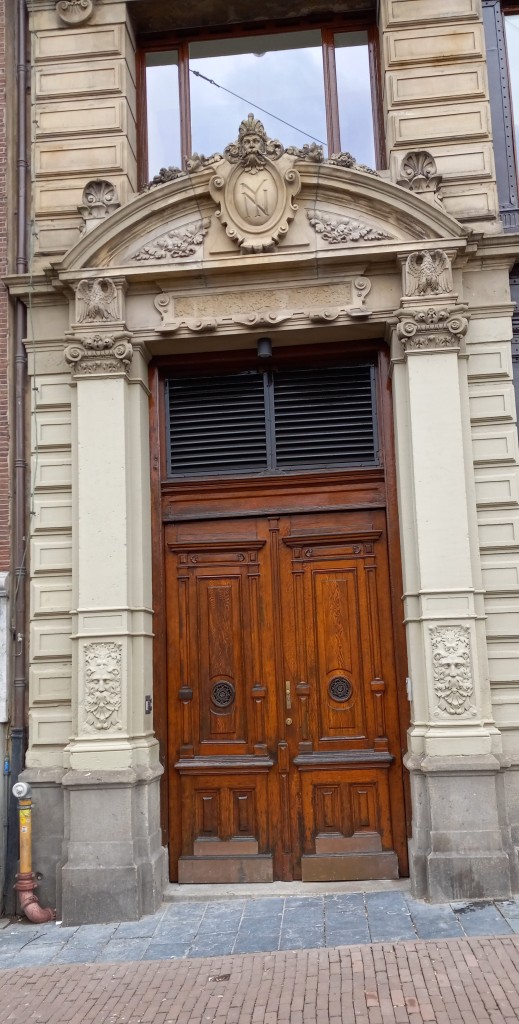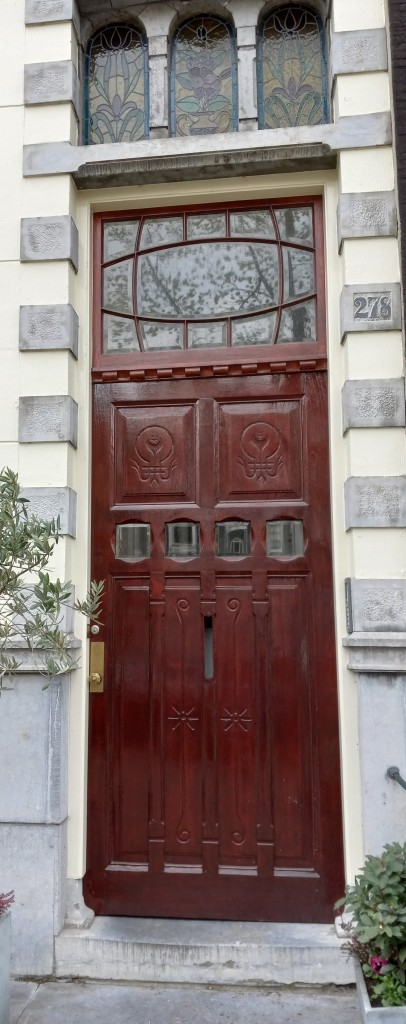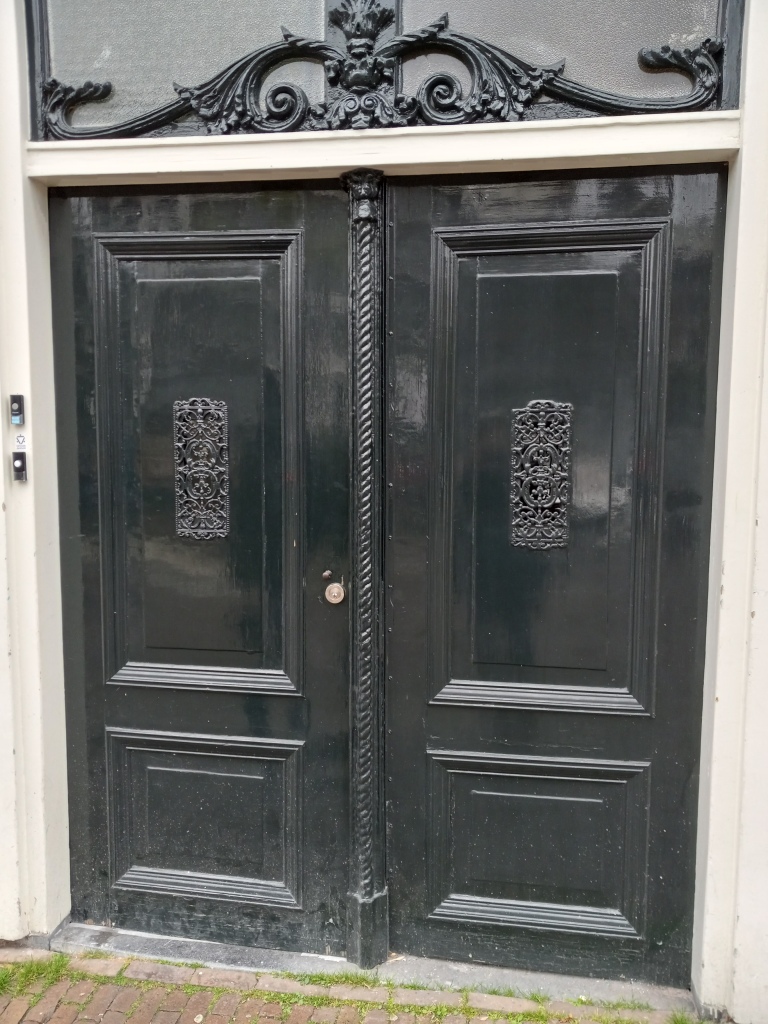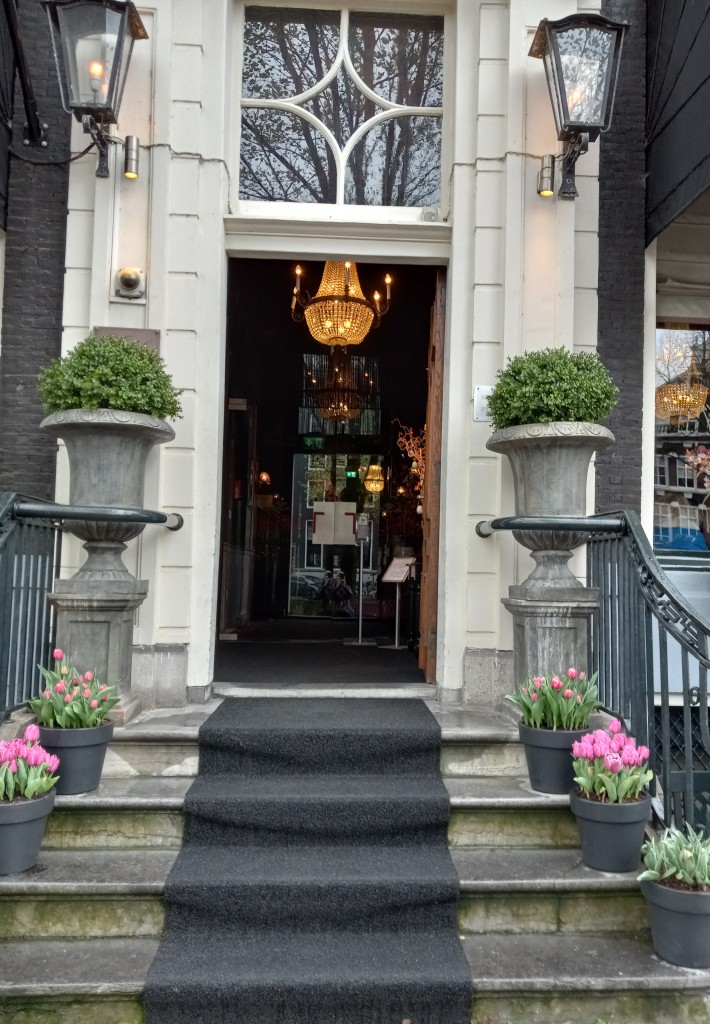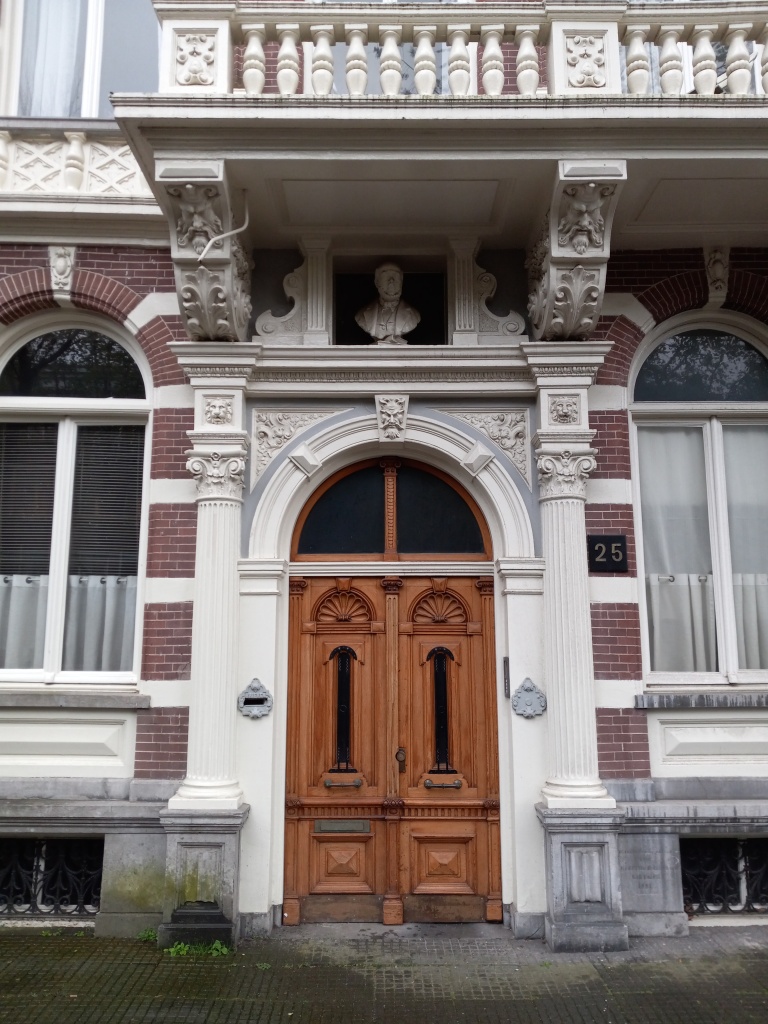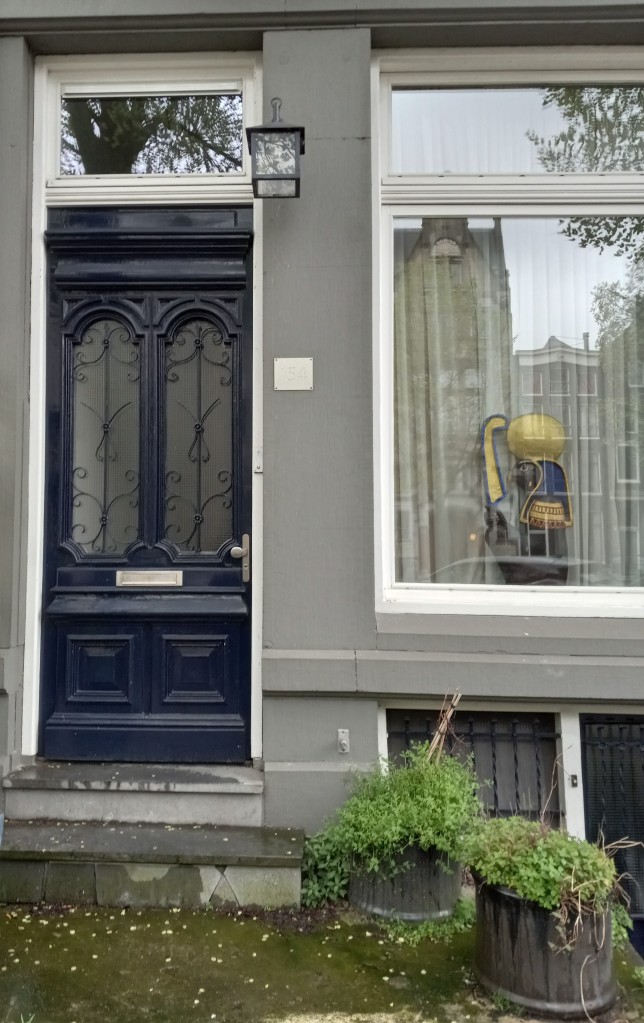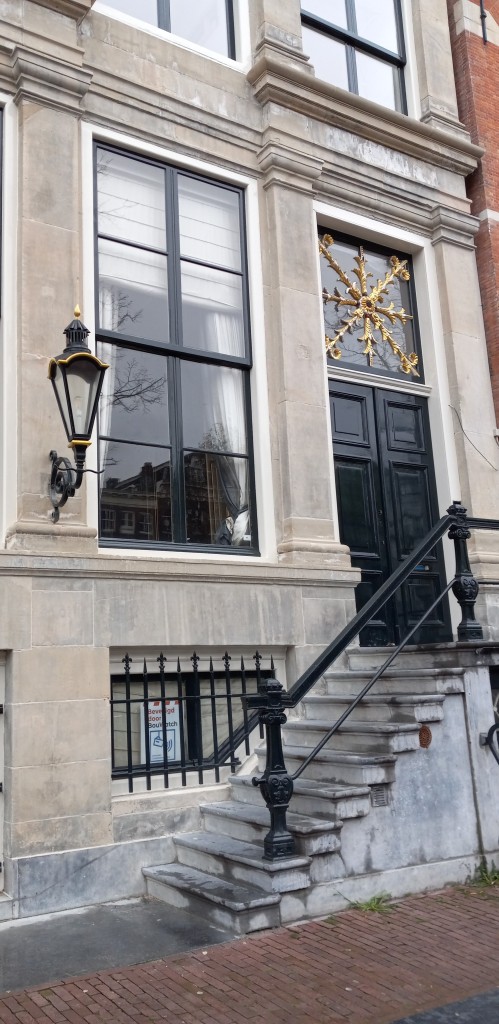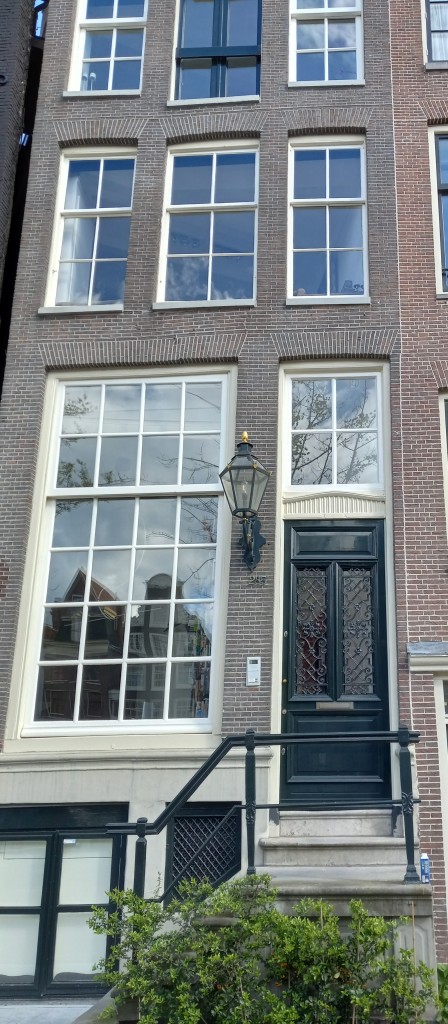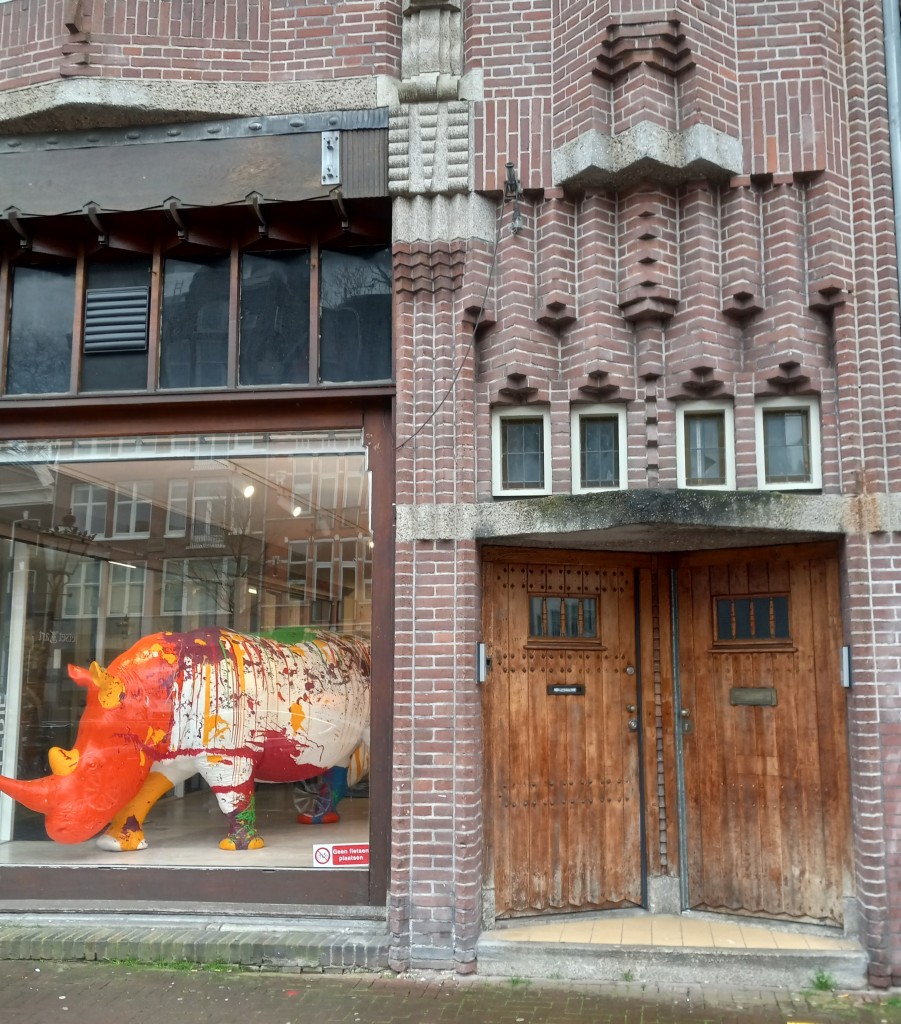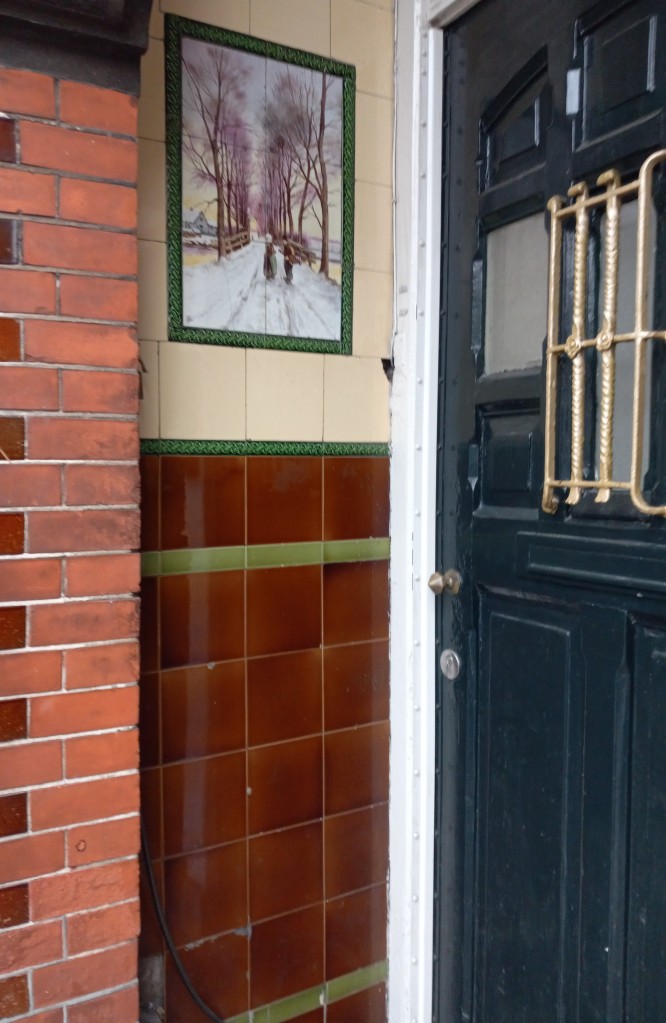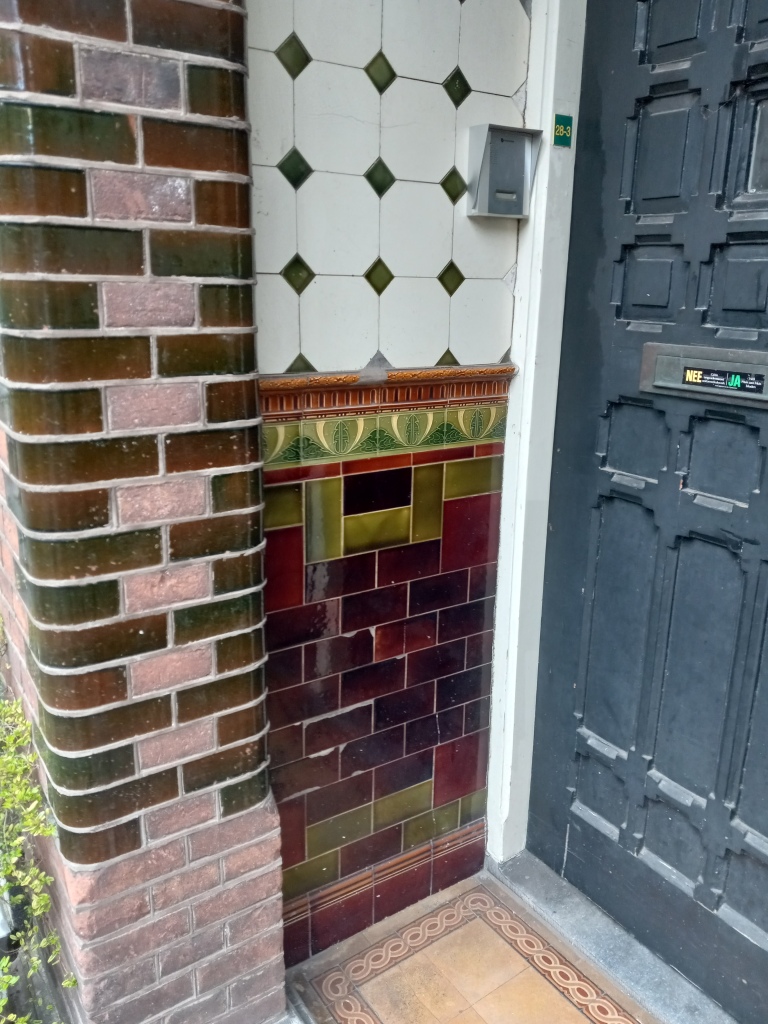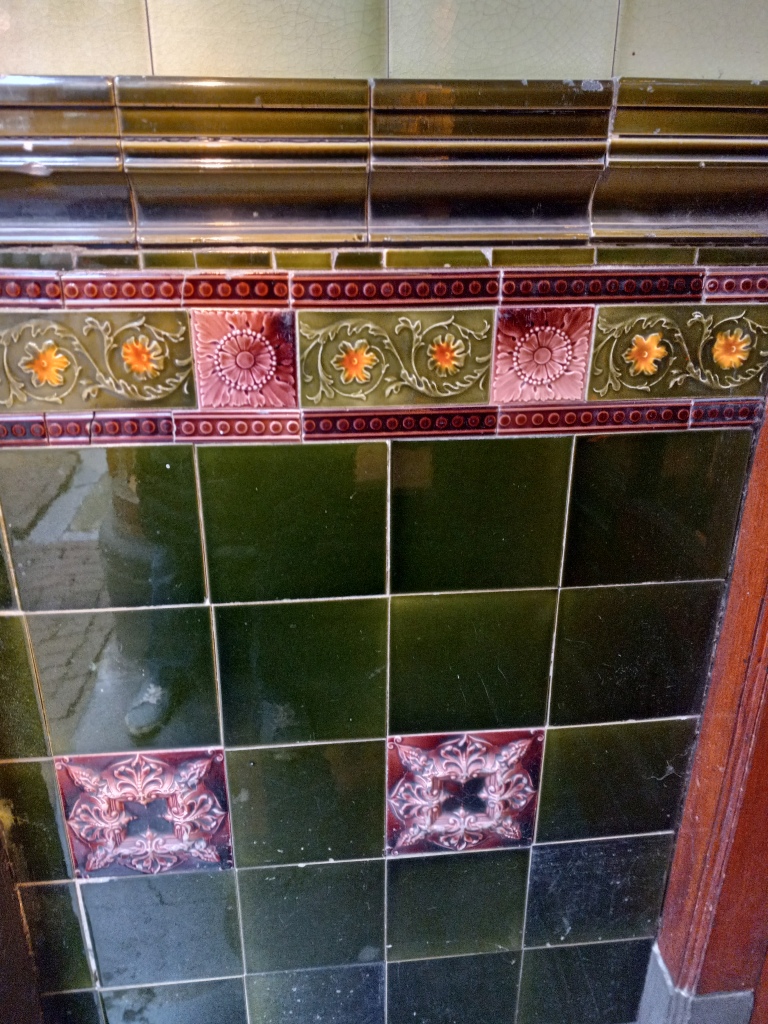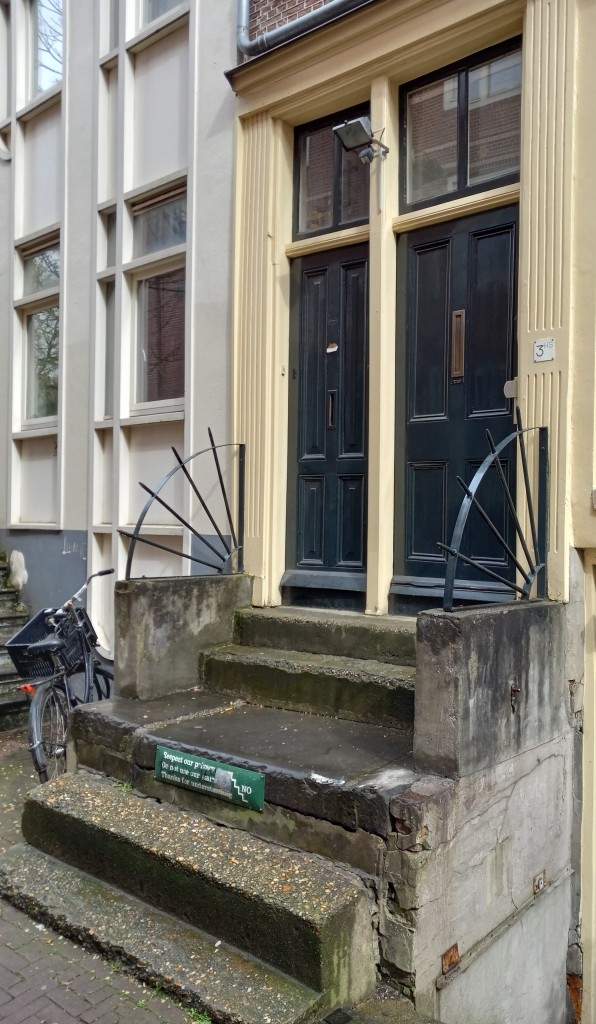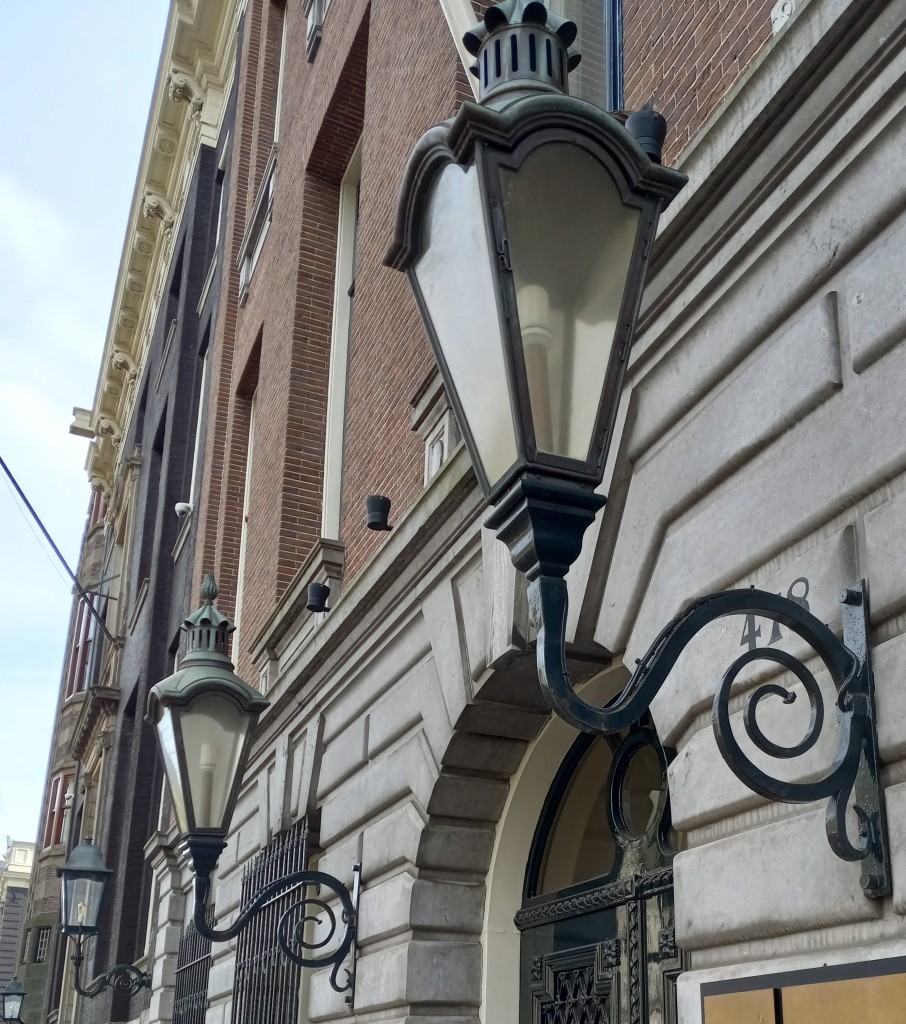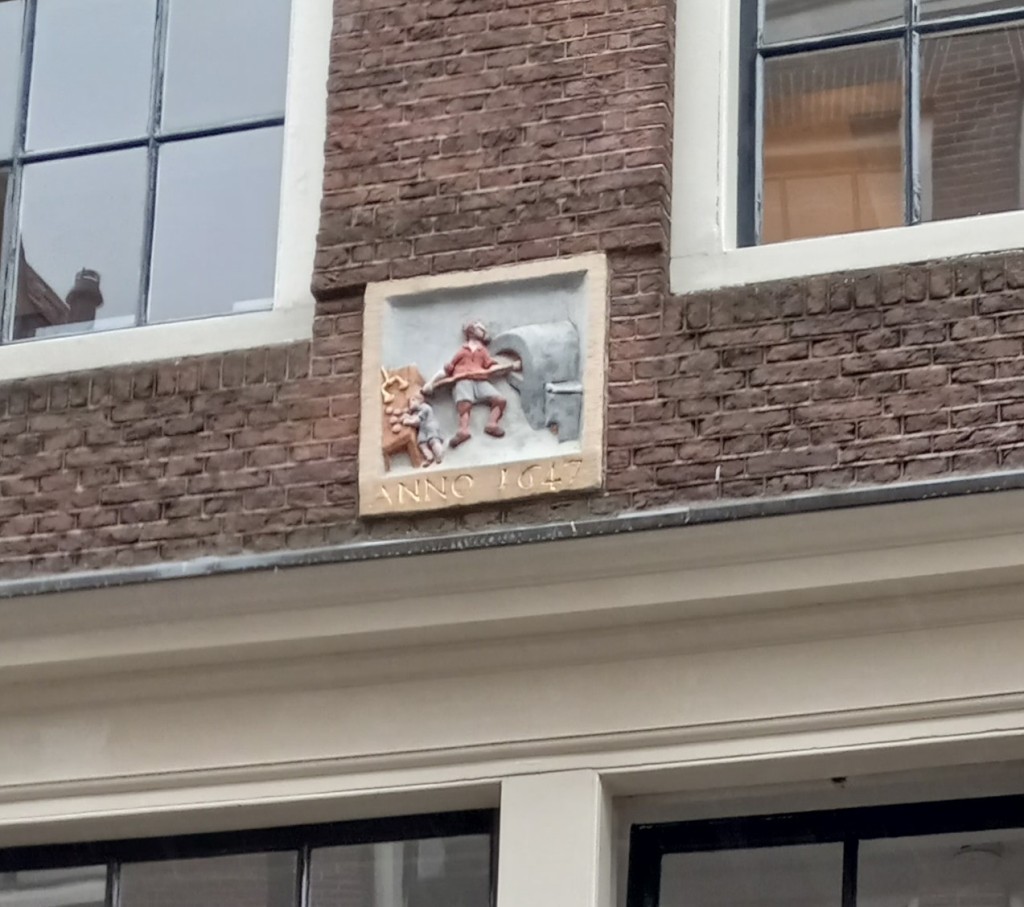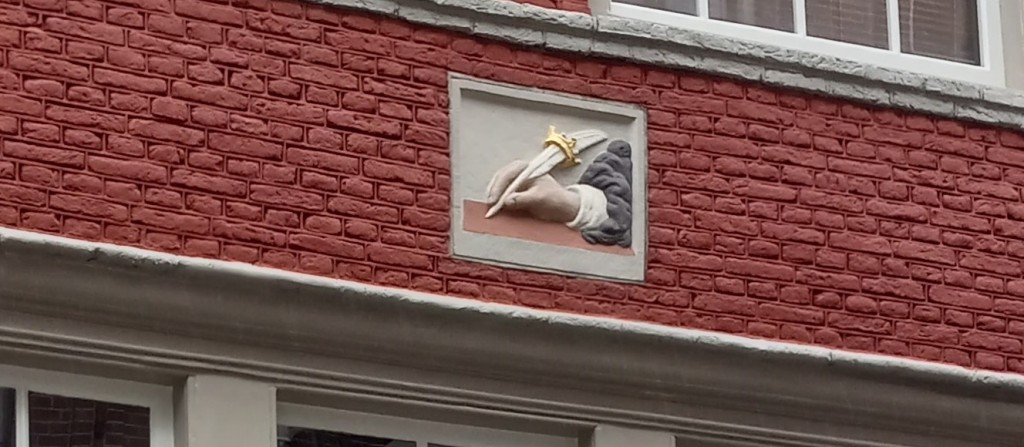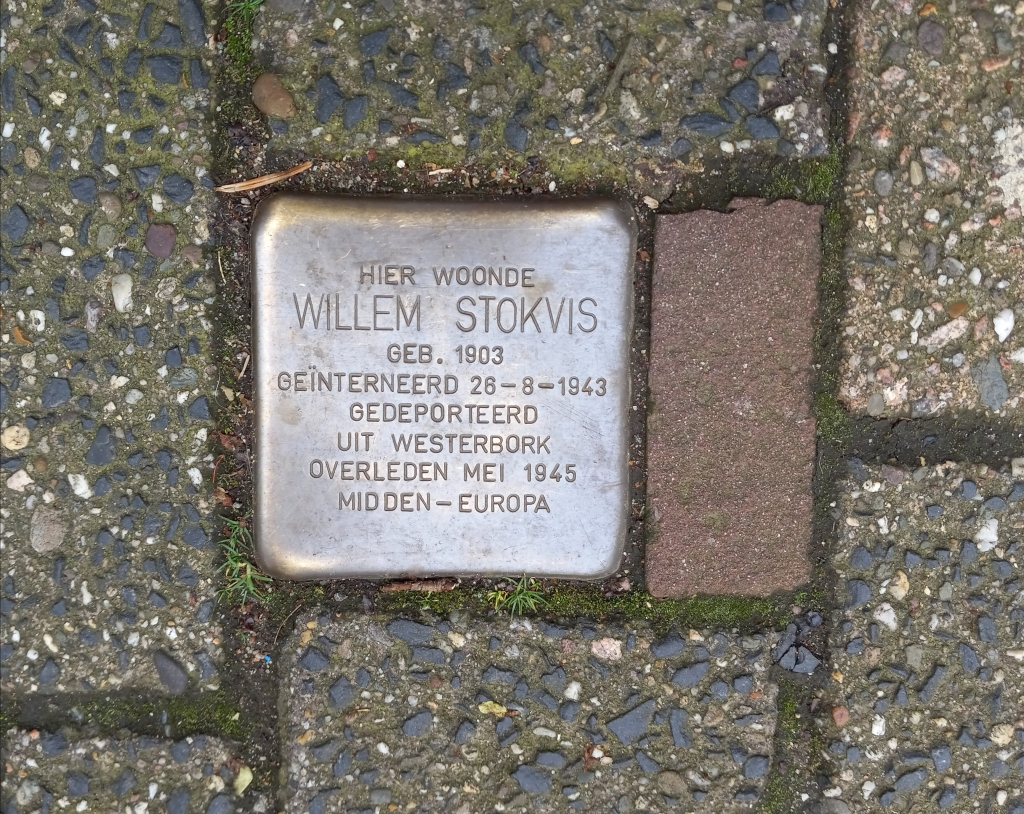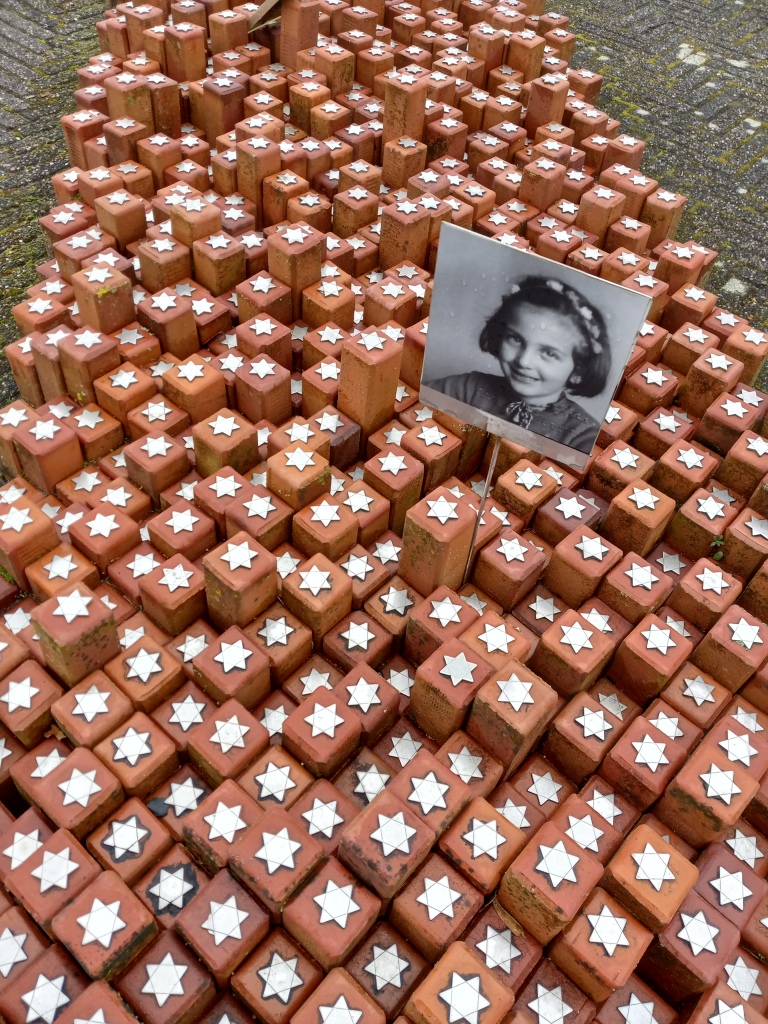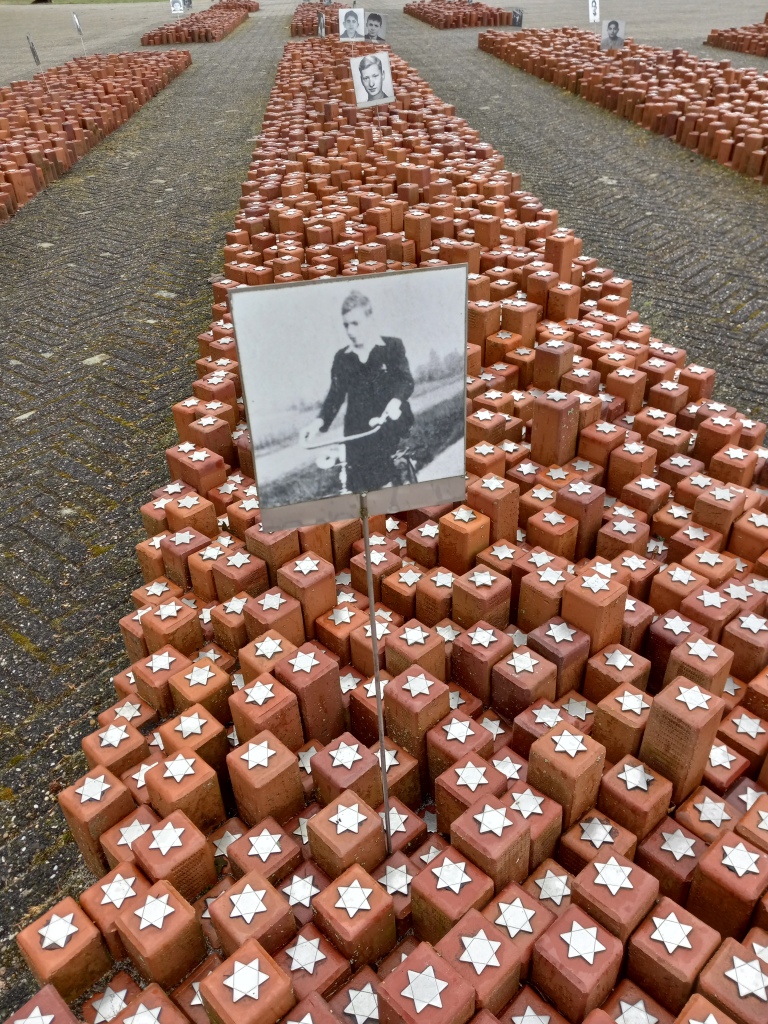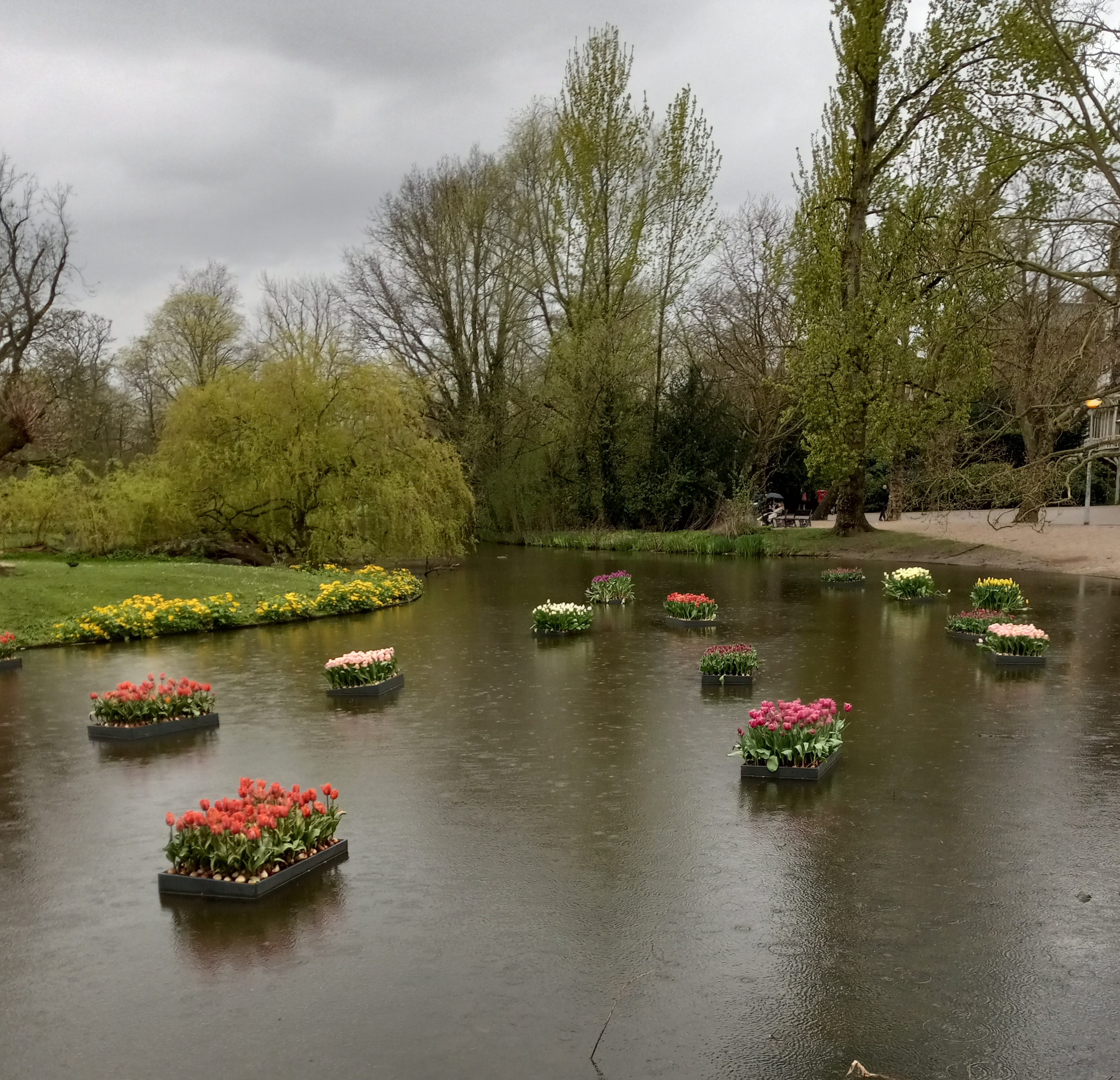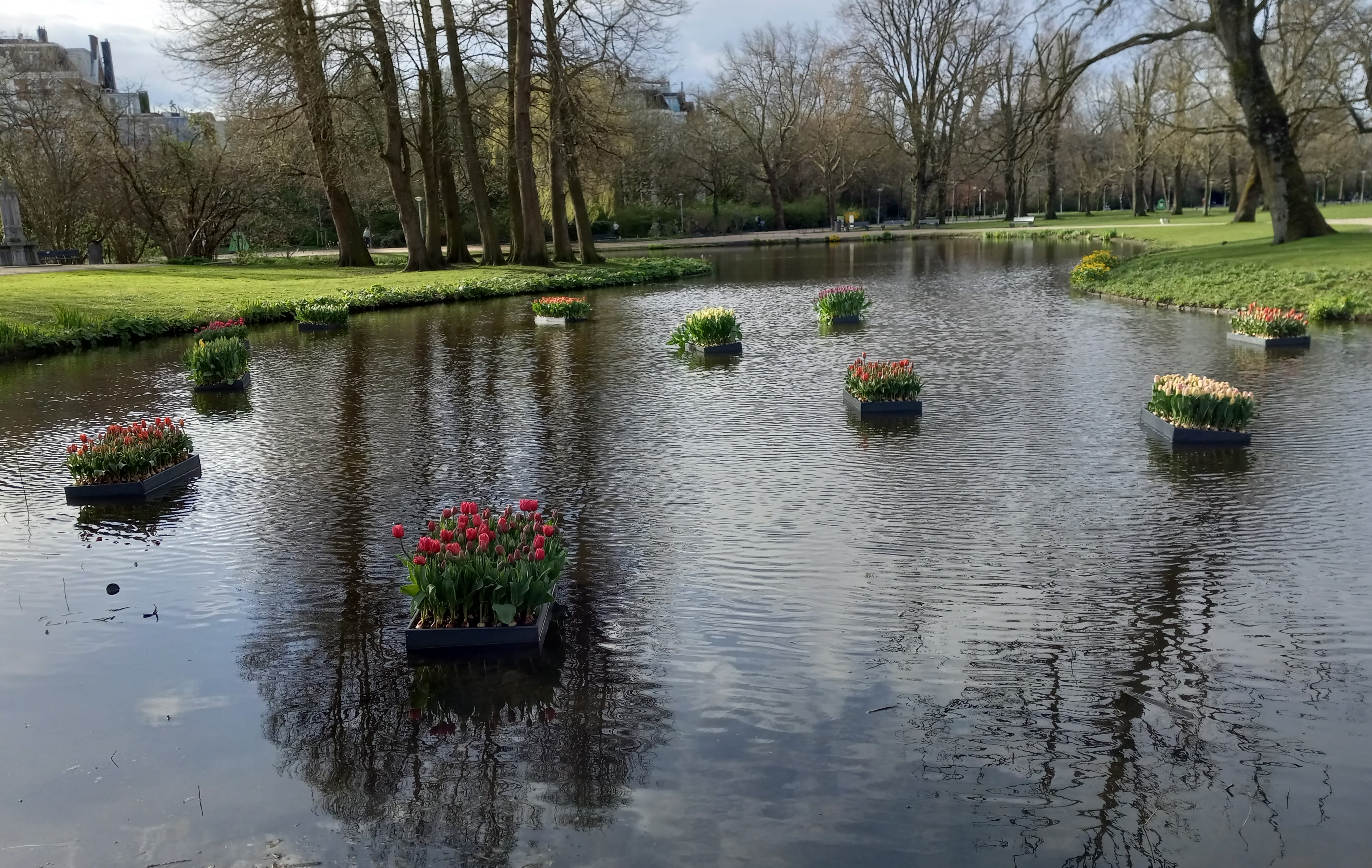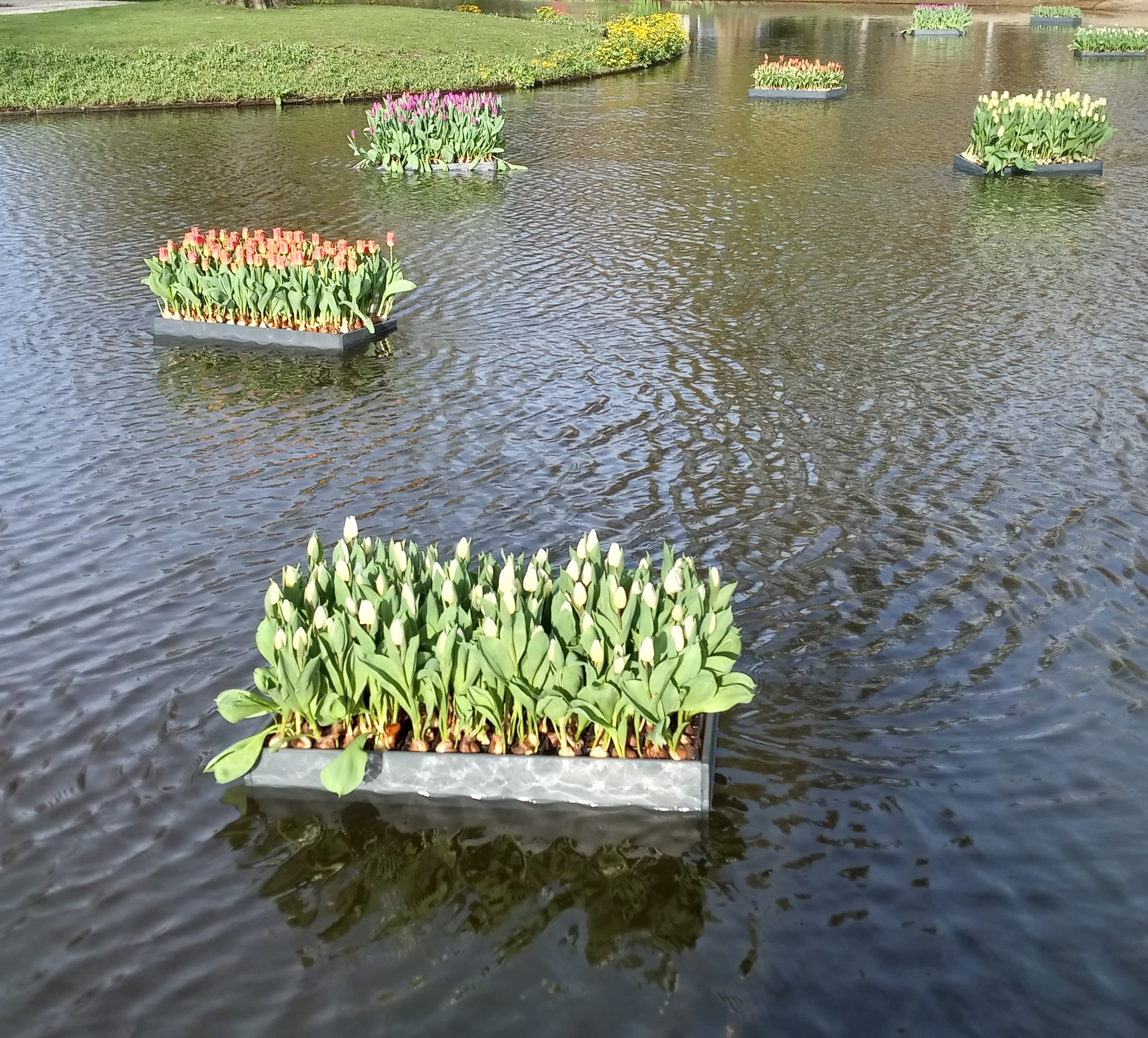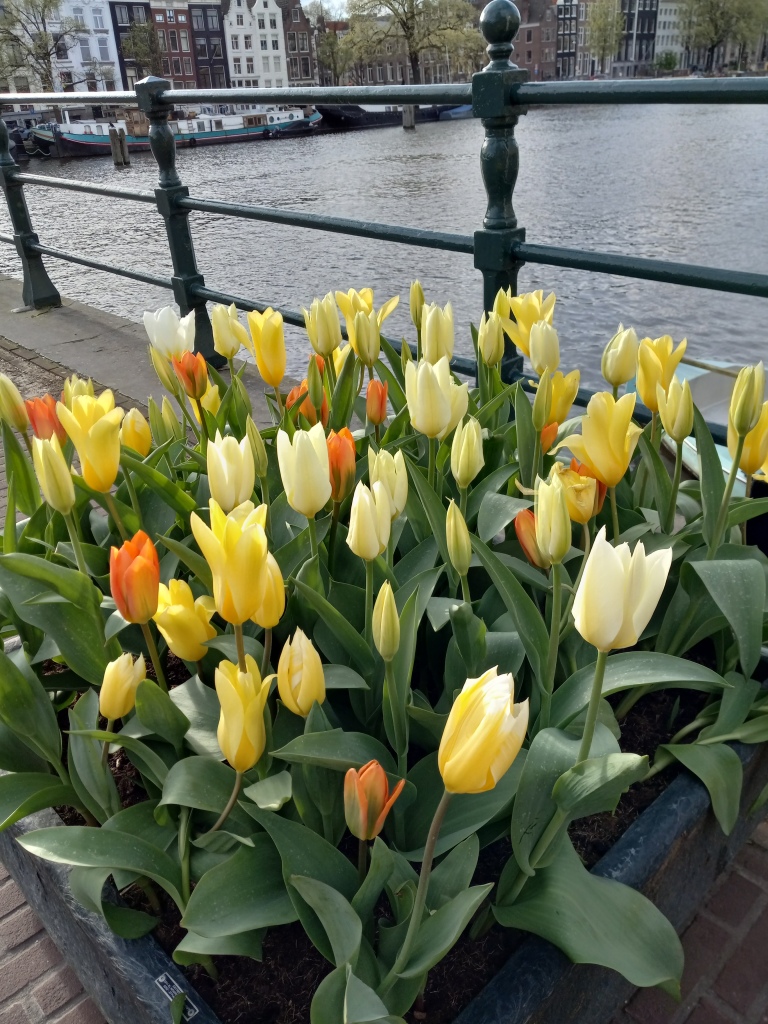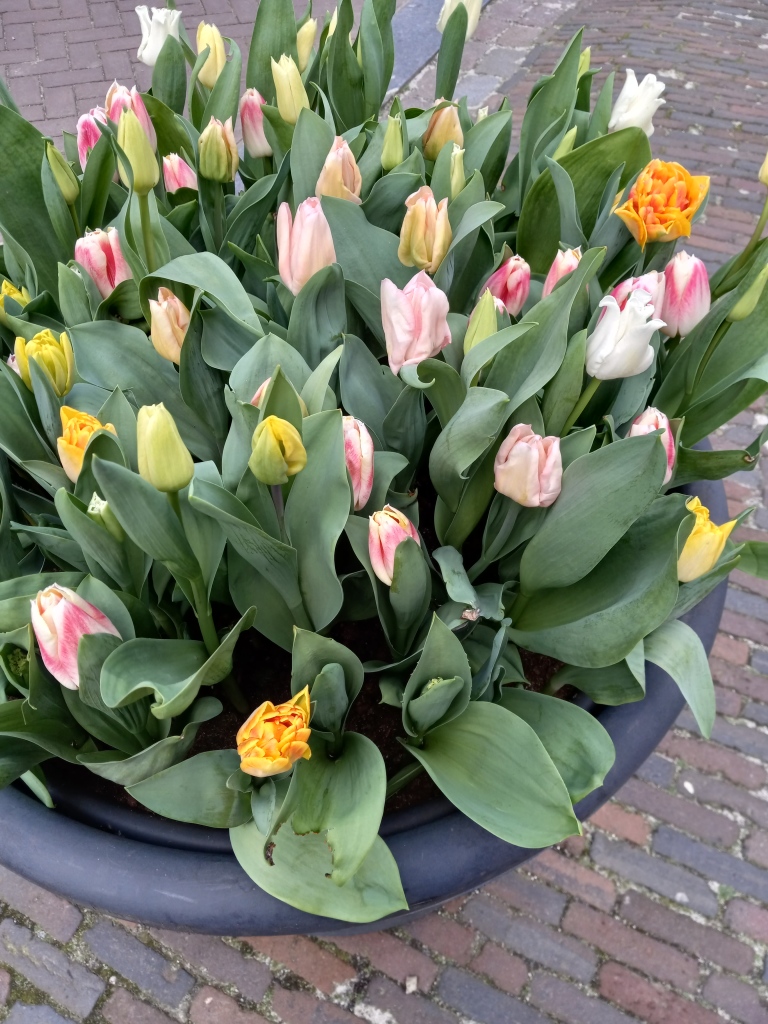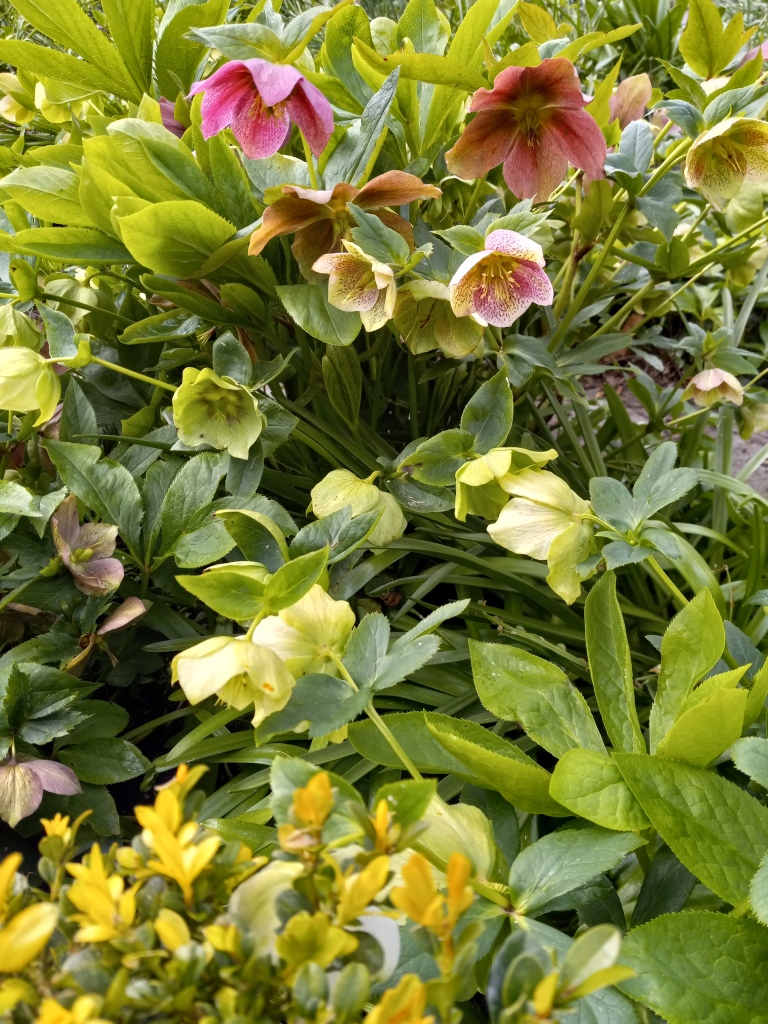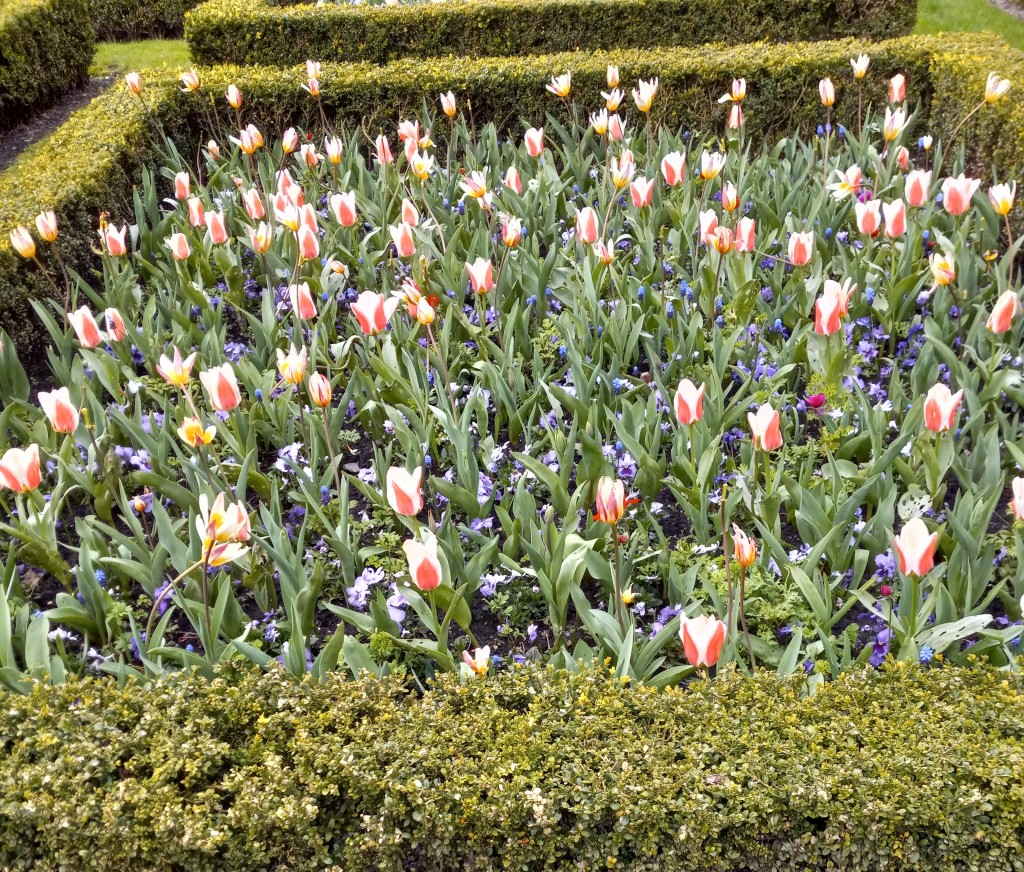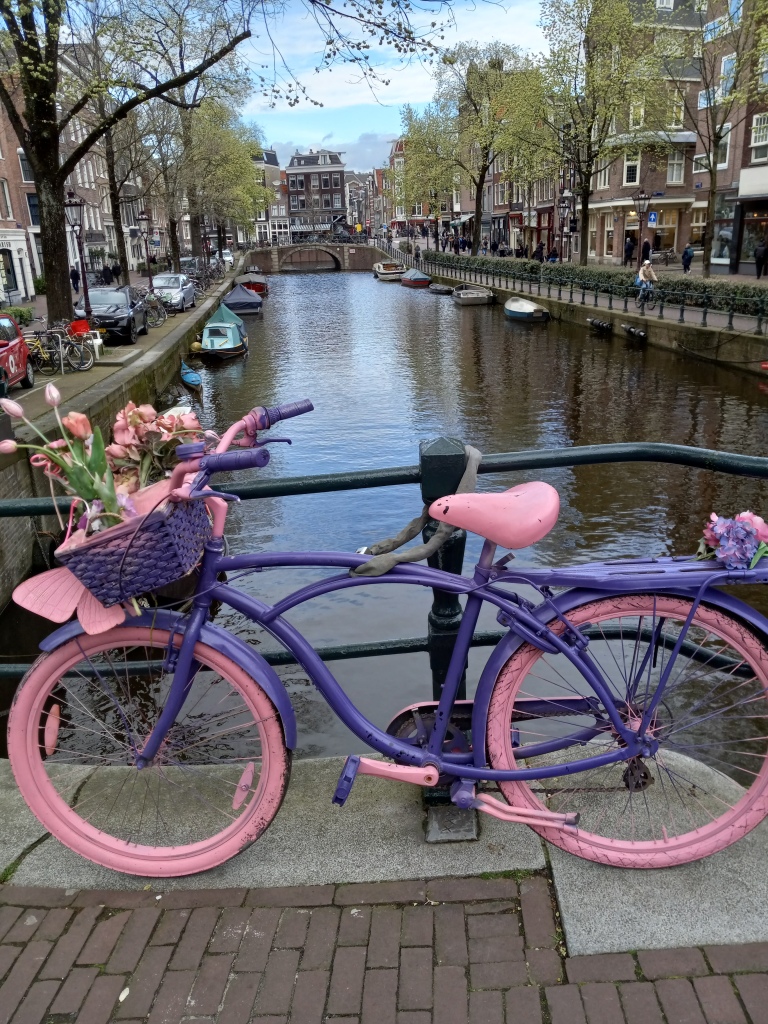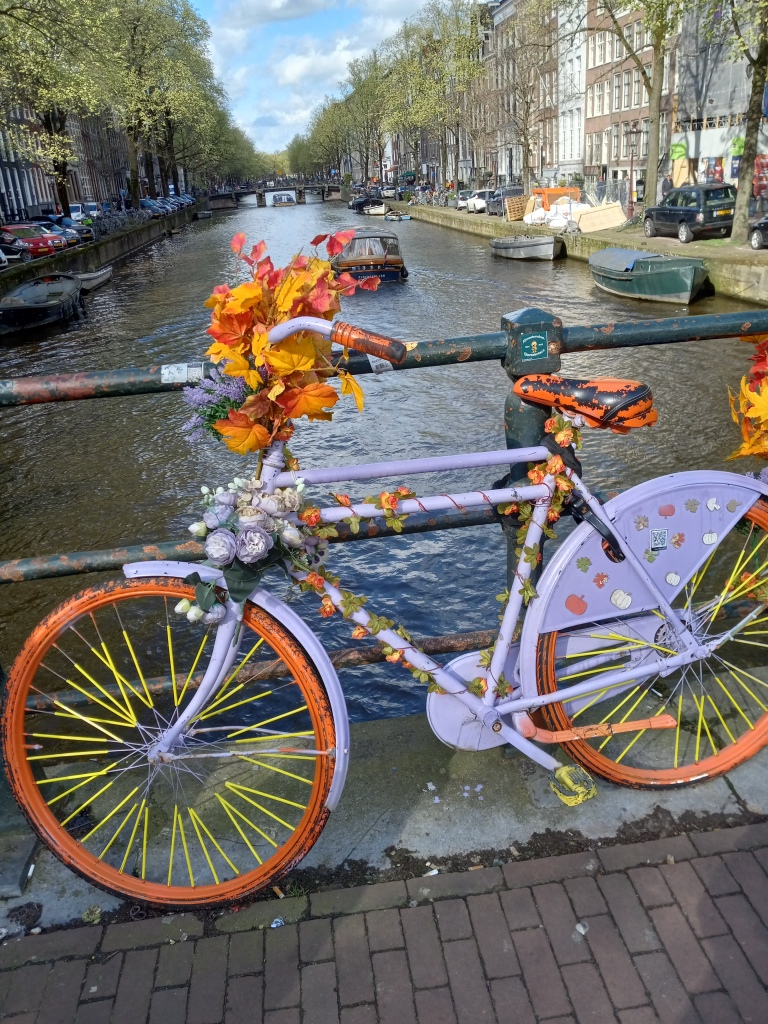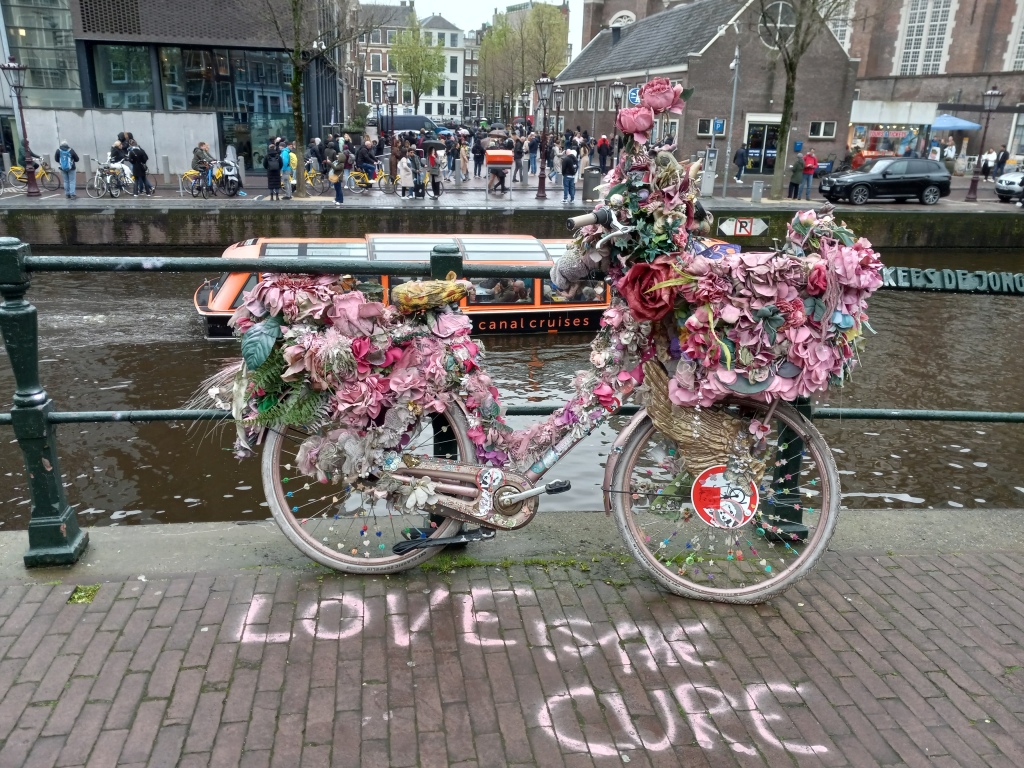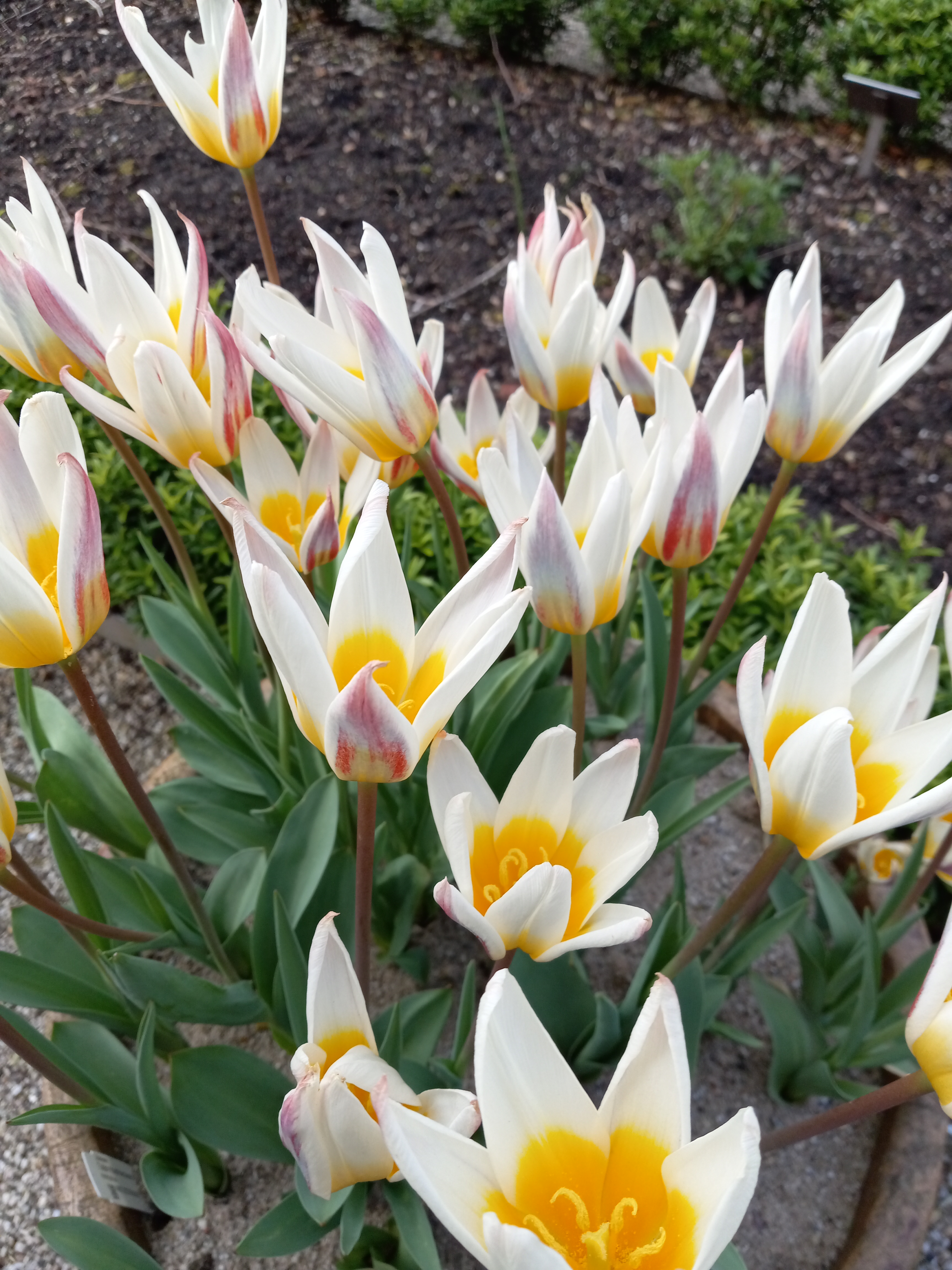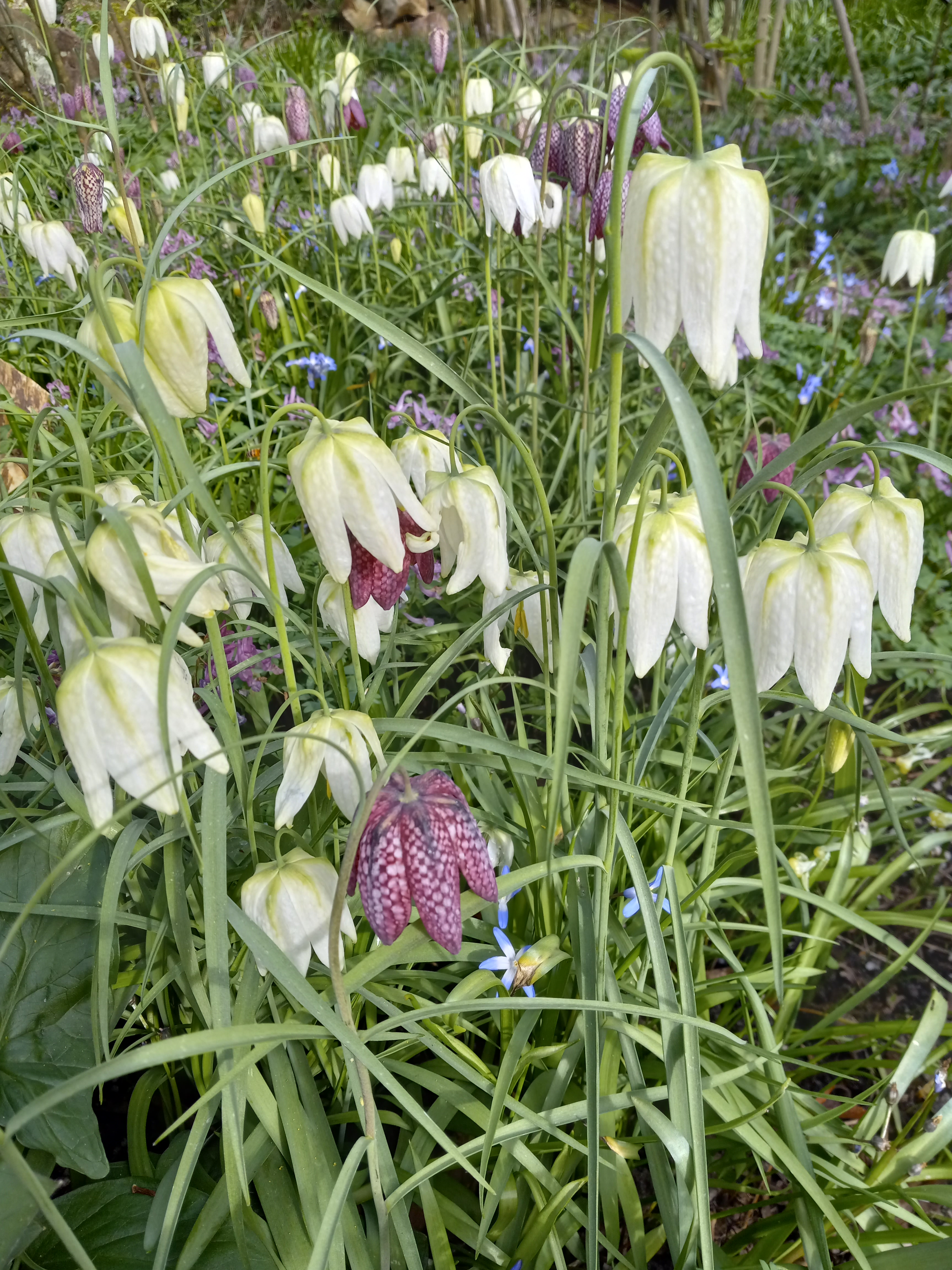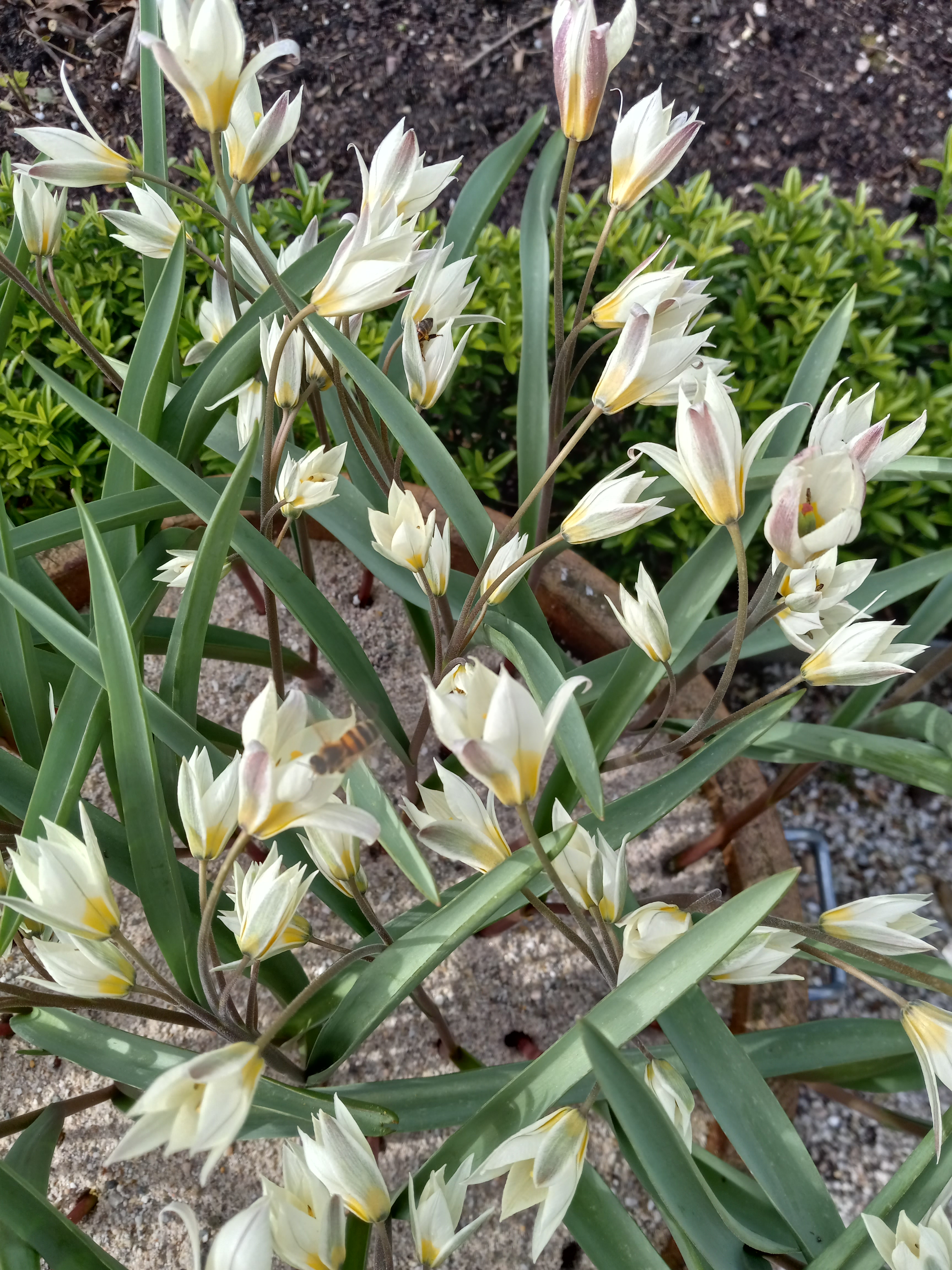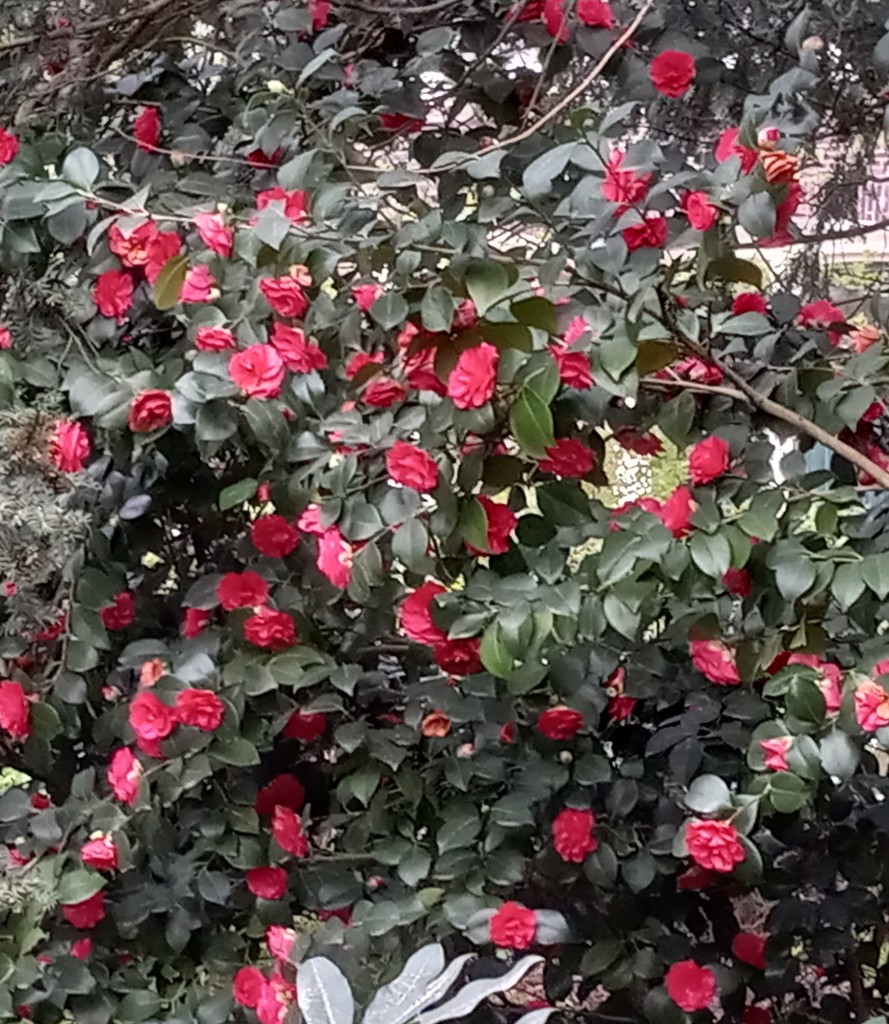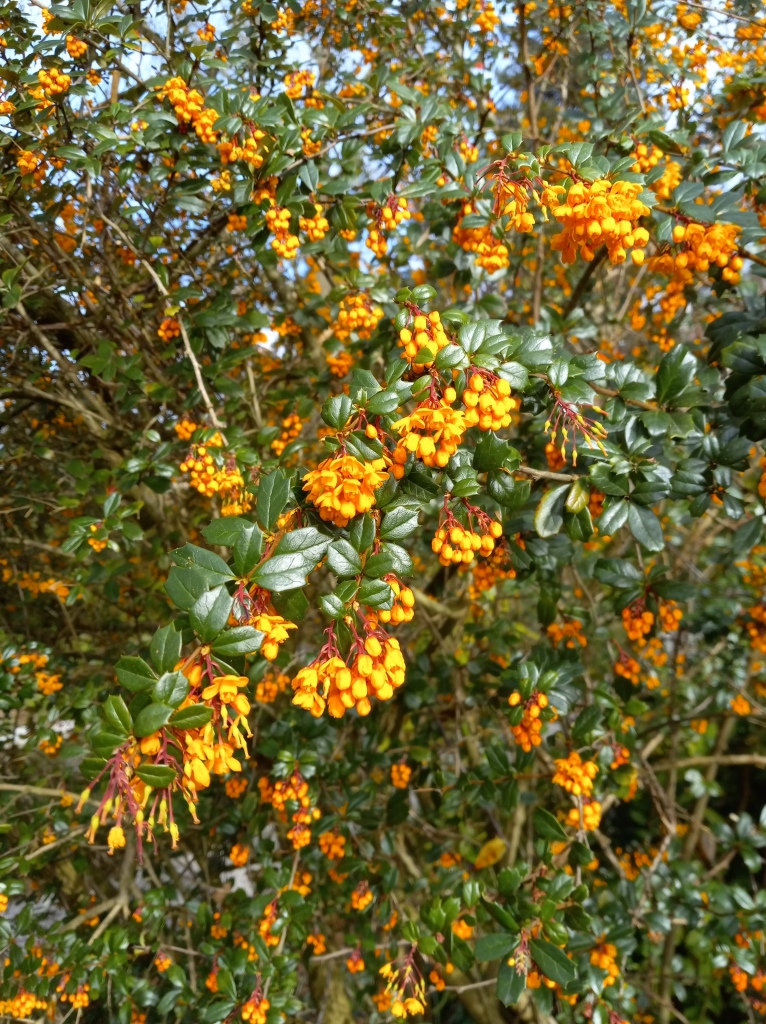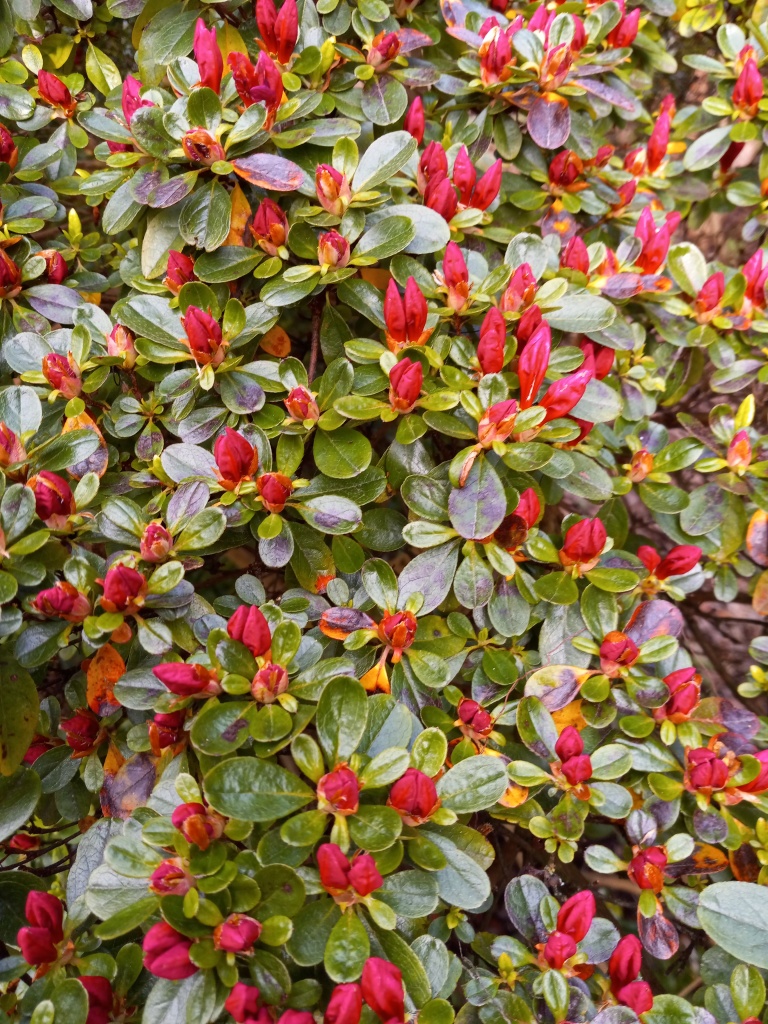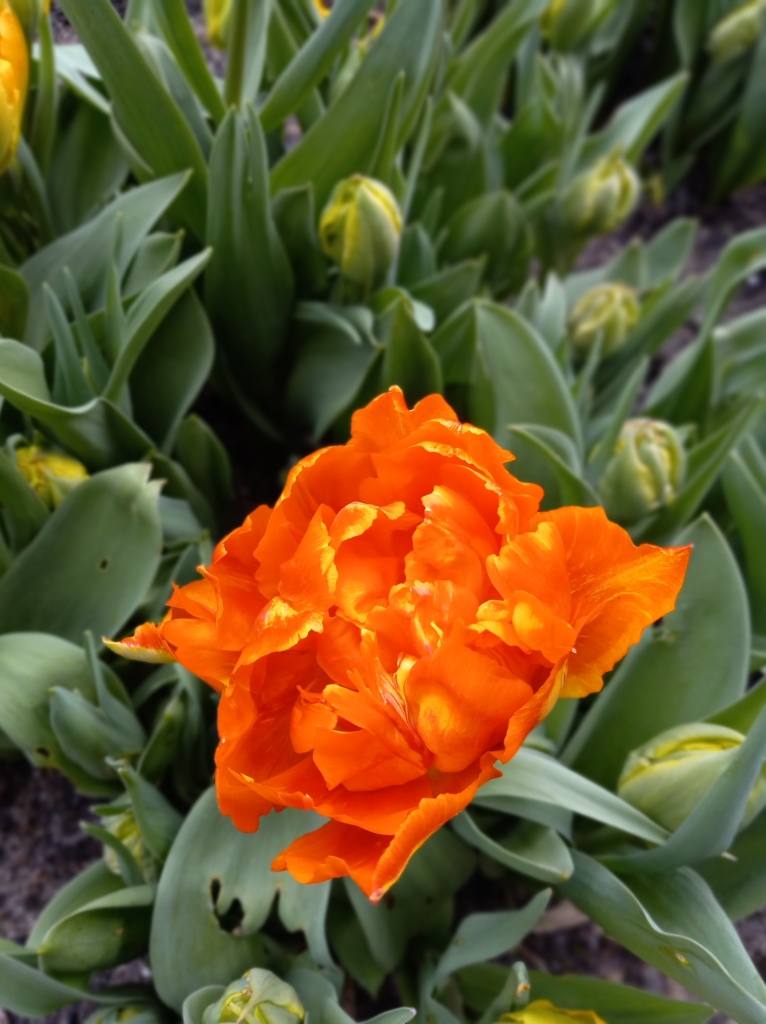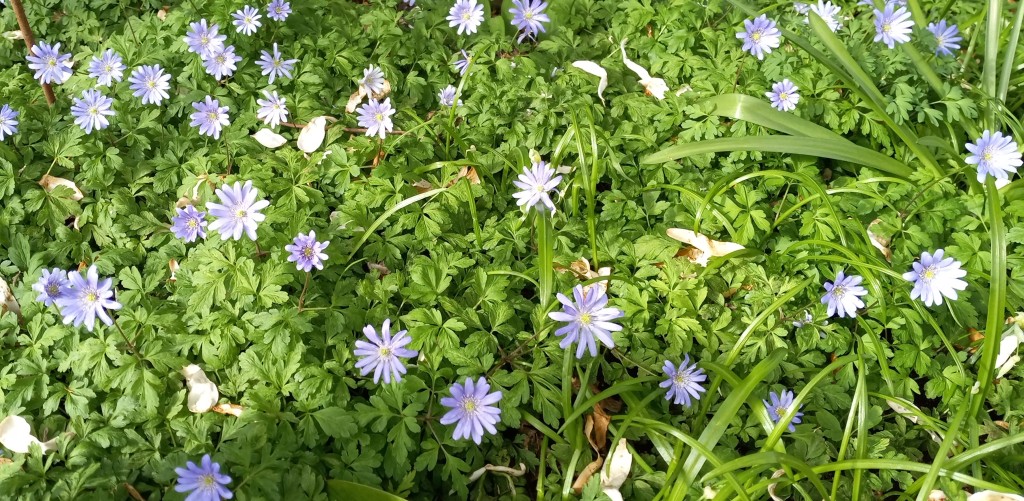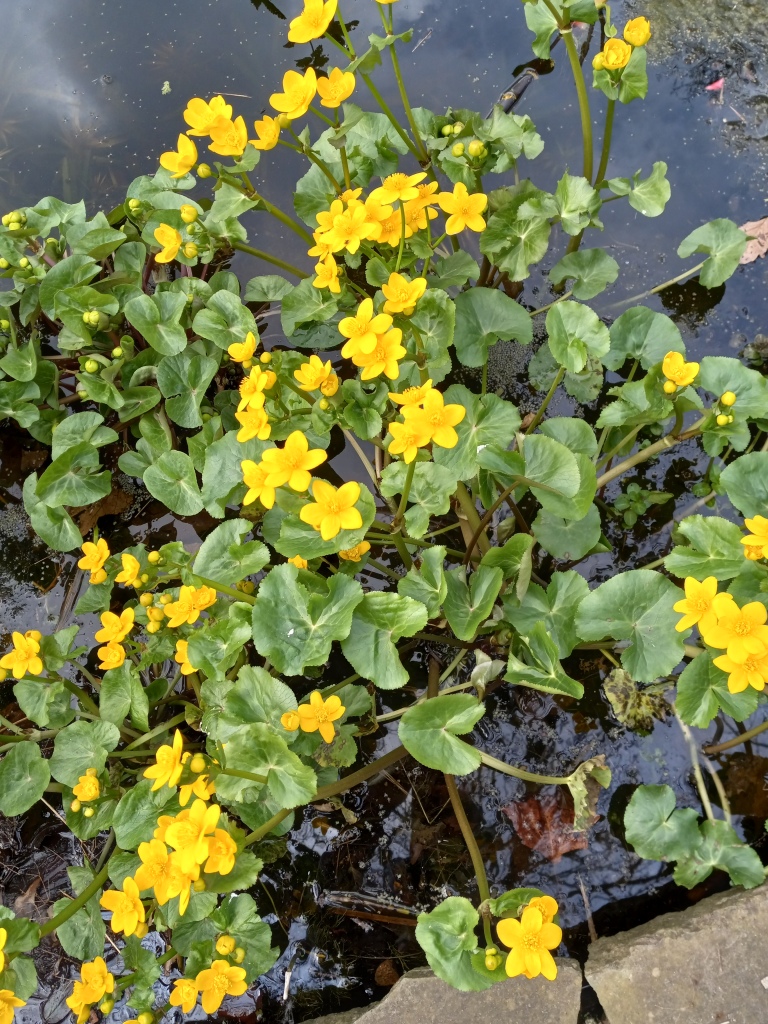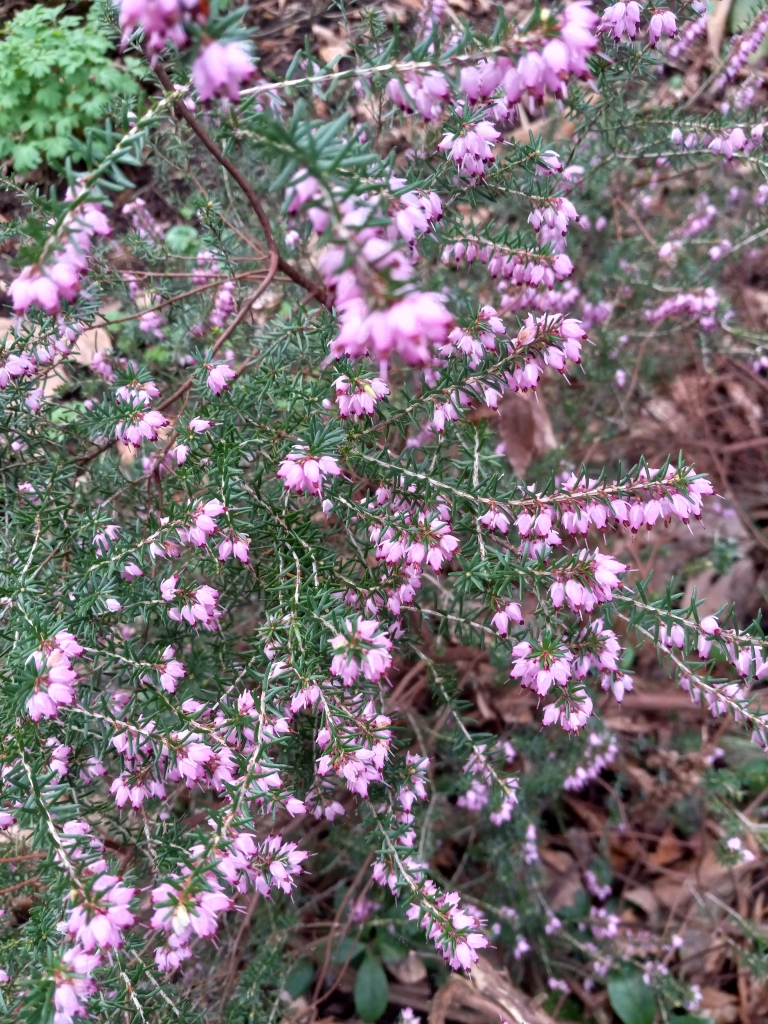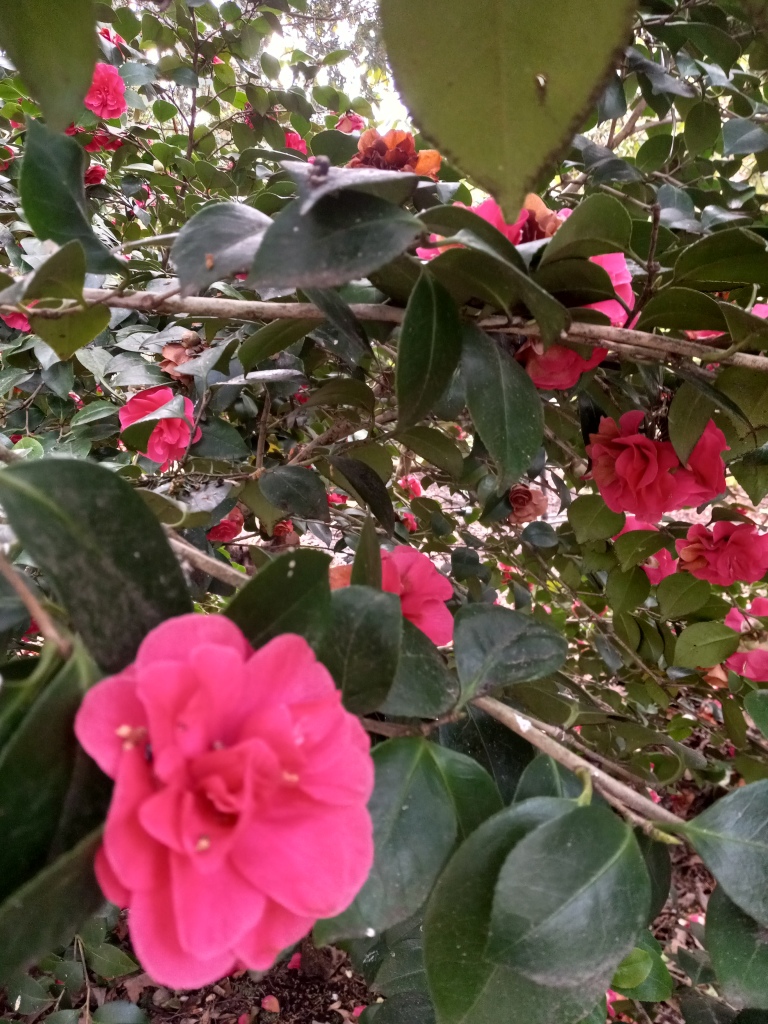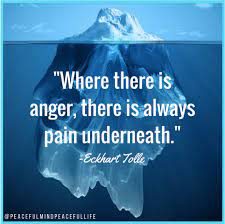Last Sunday, we heard these words from Acts 3:13-15: Peter said to the people: ‘The God of Abraham…has glorified his servant Jesus, whom you handed over and denied in Pilate’s presence….’
Wait a second, I thought. Isn’t this the same Peter who denied Jesus three times before the cock crowed?
I can flip back a few pages in my Bible and find Peter claiming he does not know Jesus, and yet here he is calling out others for doing the very thing he did.
What nerve!
I pondered this situation and thought about what enabled Peter to call out others for doing the same thing he had done.
What transpired between the time Peter betrayed Jesus and Peter called out others for betraying Jesus?
What transpired is that Jesus called out Peter. Peter, he asked, do you love me? Three times he asked, and Peter replied yes three times. Then he was forgiven and reconciled.
Forgiveness and reconciliation are the keys to moving forward, to healing relationships, to rebuilding trust.
Two weeks ago, I visited the Resistance Museum in Amsterdam, and since then, I have been thinking about what enables some people to resist and others to cave. Why did some people protect the people the Nazis sought to kill while others turned in their neighbors?
And, of course, I wonder what I would do if faced with the same situation. Would I protect myself or would I risk my life to protect others?
I can imagine Peter saying to those who turned in their neighbors during World War II, you denied them and handed them over….
By extension, I can imagine Peter asking me if I have protected anyone who was at risk, if I spoke up for someone who had no voice—even (or especially) if it meant putting myself at risk. About whom would Peter say to me, you denied them and handed them over?
I also visited the Anne Frank House in Amsterdam and watched a video called Democracy is Yours.
How quickly democracy was lost, first in Germany when Hitler came to power, and then in the countries the Nazis invaded. Fear can be a powerful motivator.
Finding our voices, speaking up for truth, defending those who are vulnerable and at risk of being marginalized, those labeled “other”—are difficult things to do.
Finding the courage to speak up and the freedom to risk everything for another is, for me, part of the Easter message. Jesus died and rose so I have no reason to fear anything, not even death.
A few weeks ago, I read that God “does not ration his spirit” (John 3:34) and I wondered if I ration God’s spirit. Or do I allow God’s spirit free reign with me? Am I timid or bold? Trusting or fearful? Living in abundance or scarcity? God’s spirit invites me and empowers me to be bold, trusting and living in abundance. If I do that, I will be able to be courageous, loyal and fearless.





























